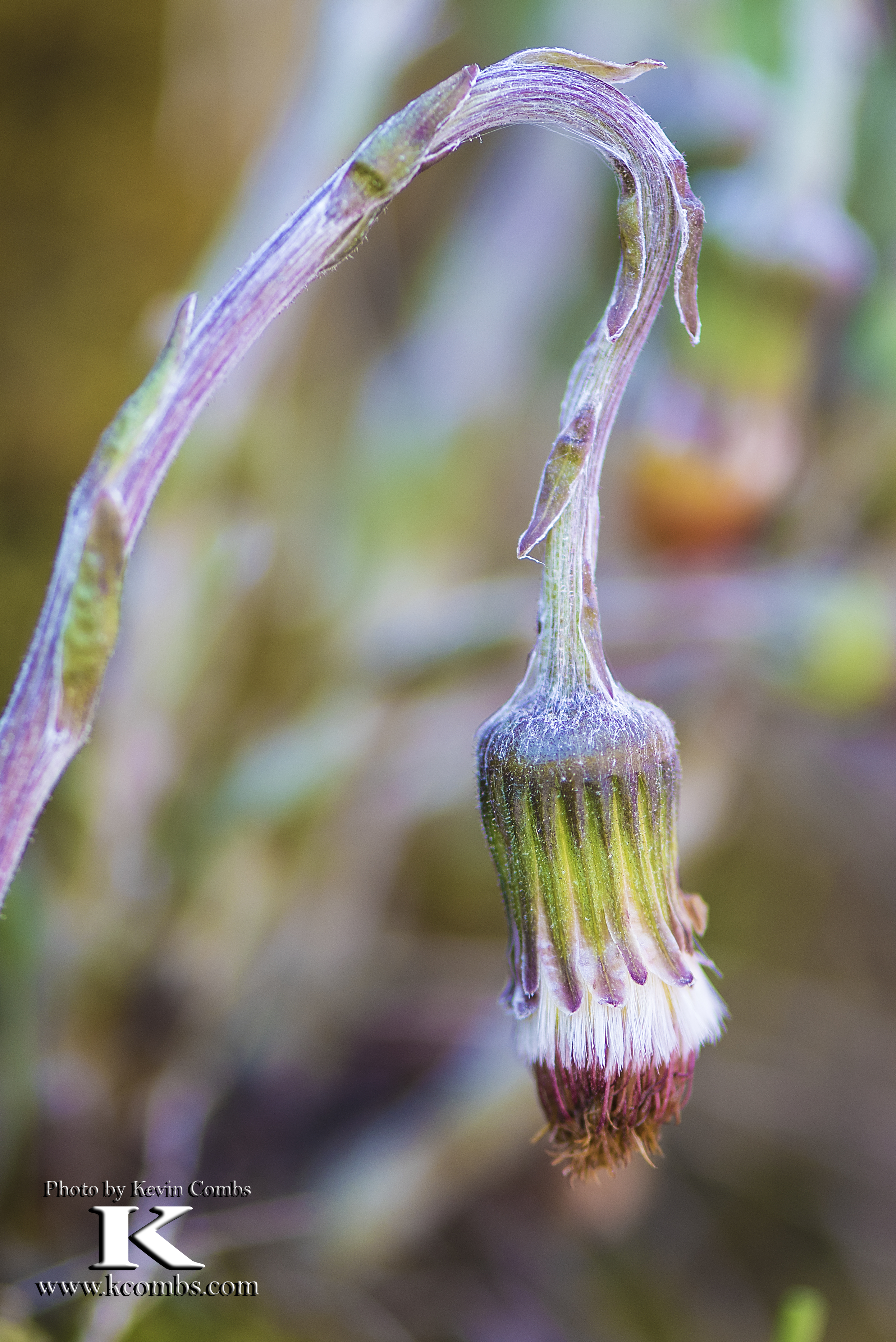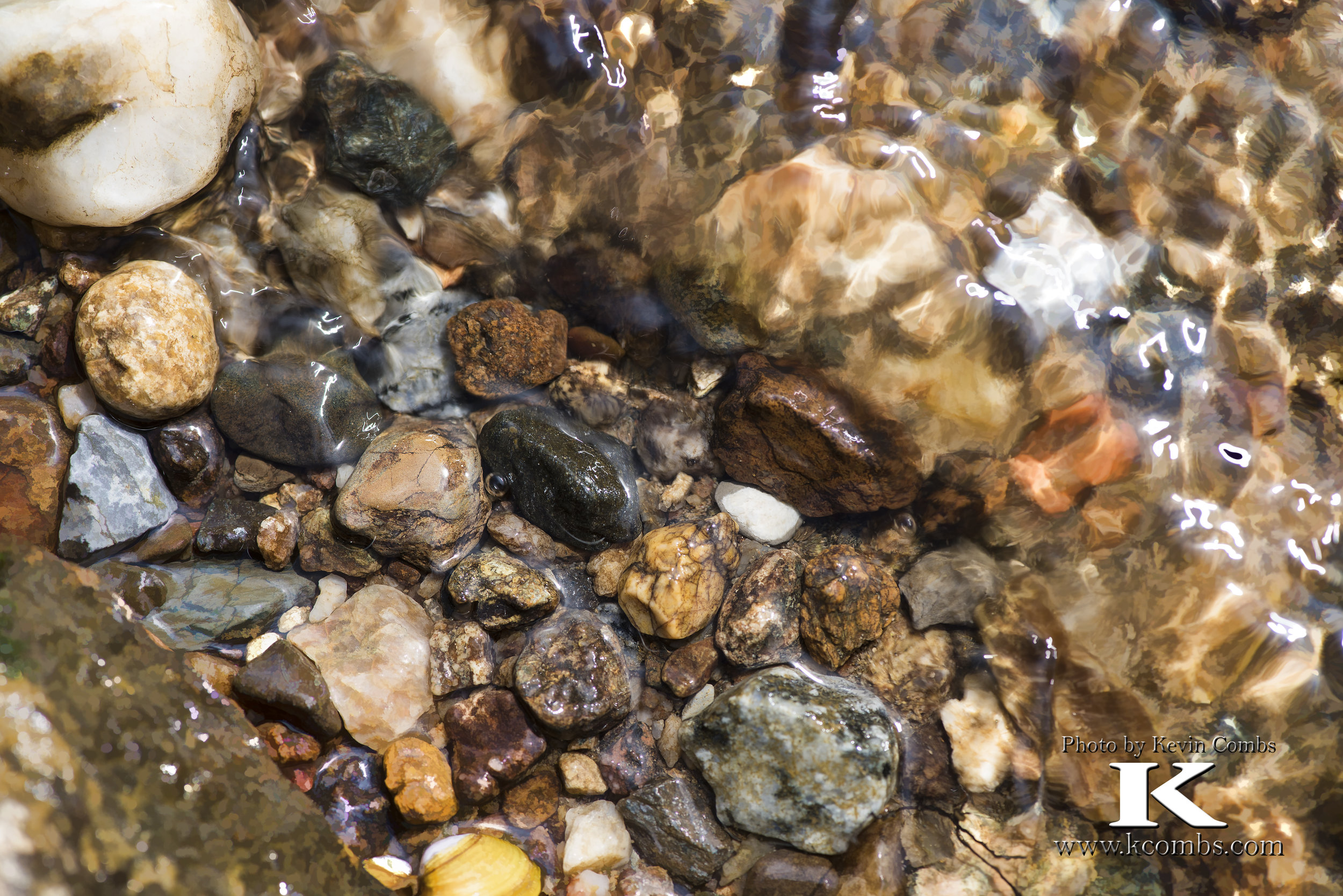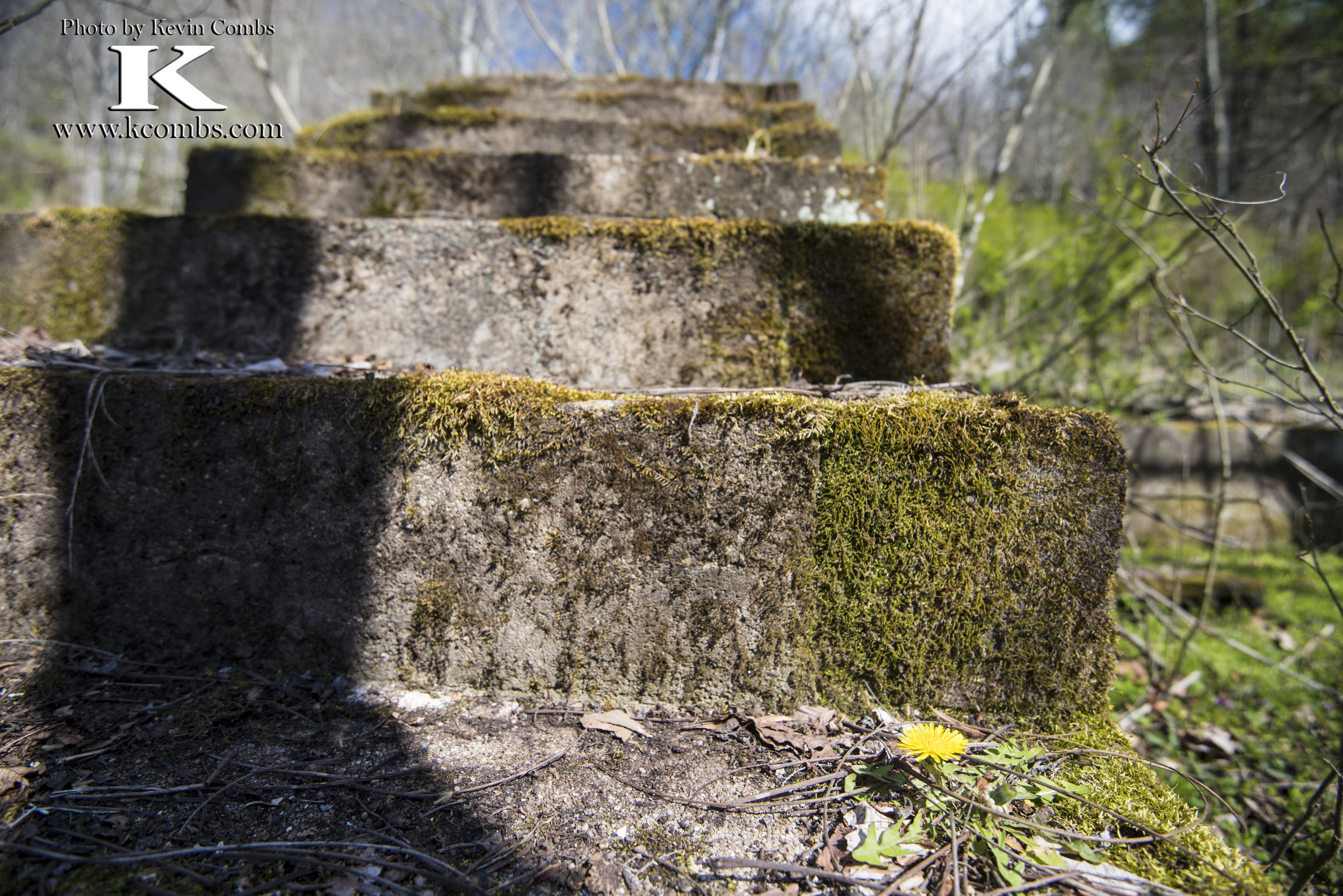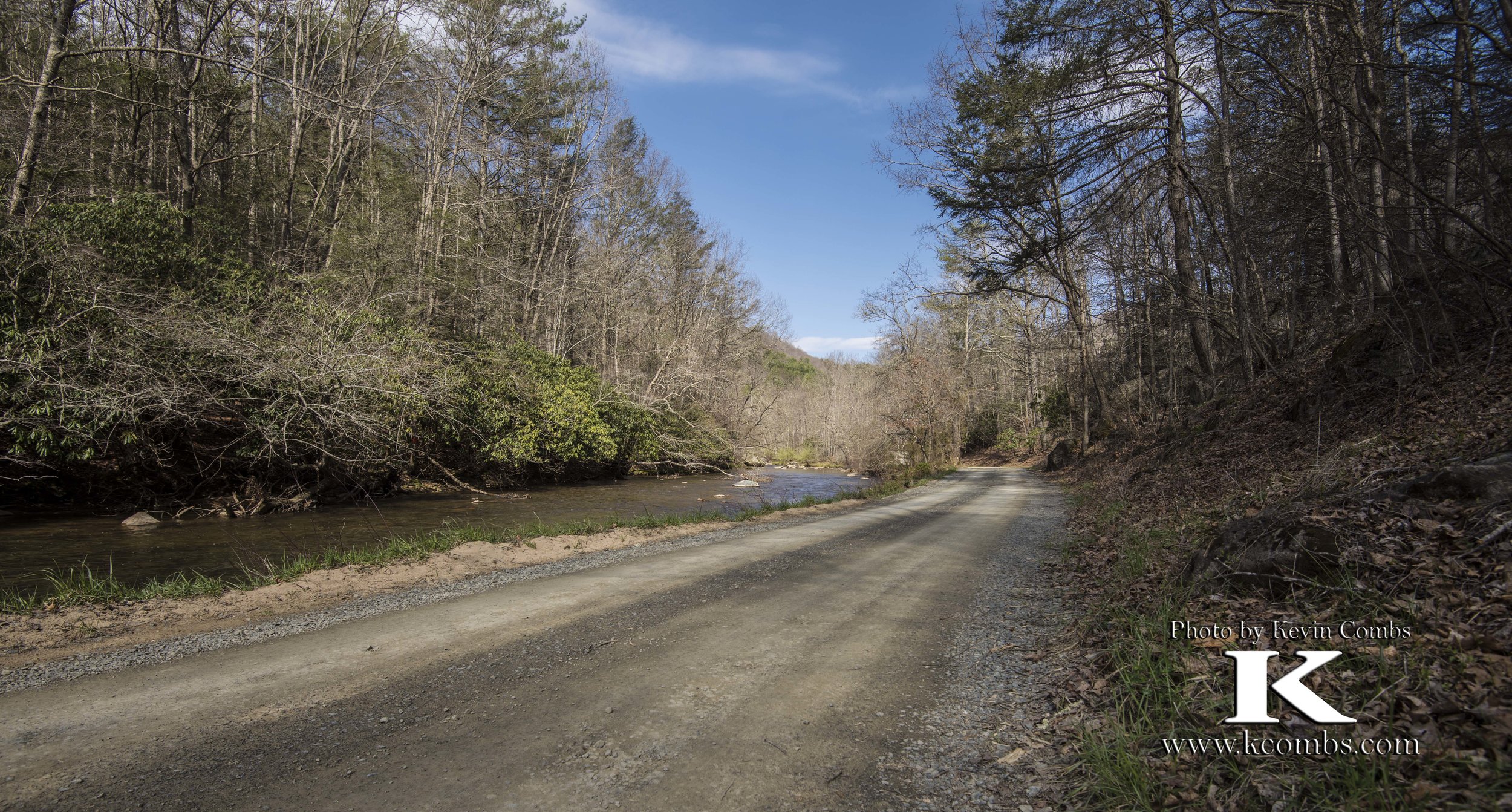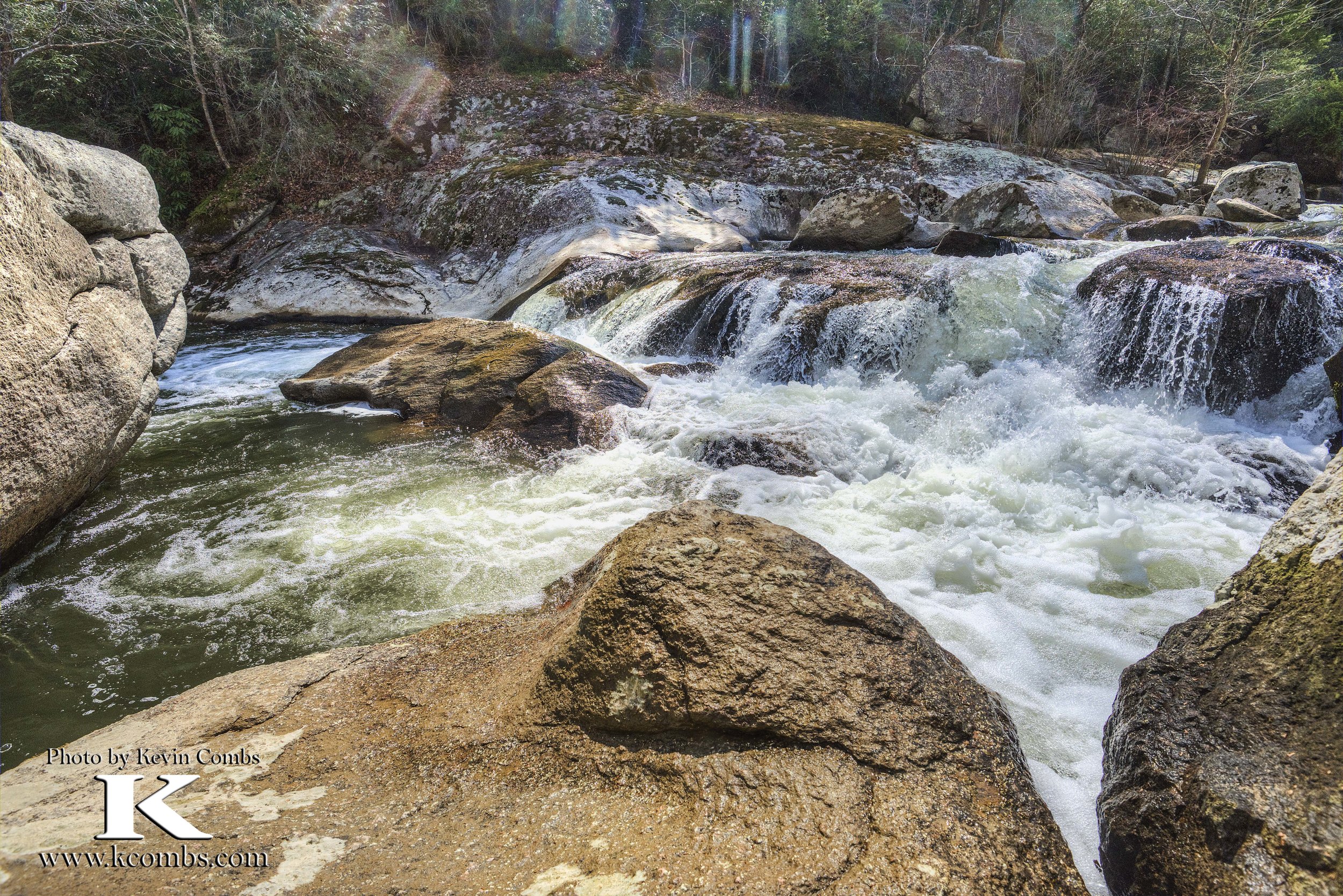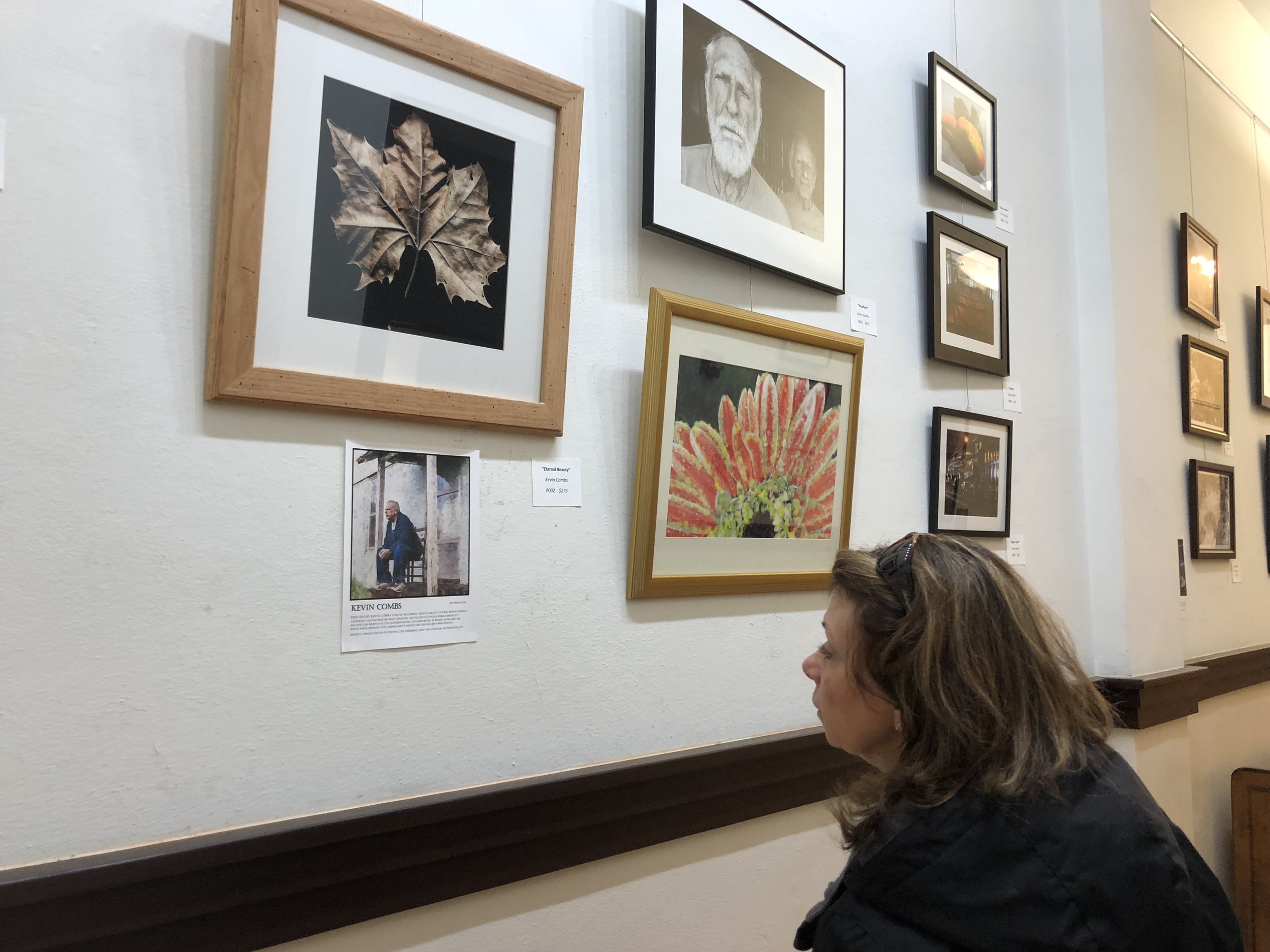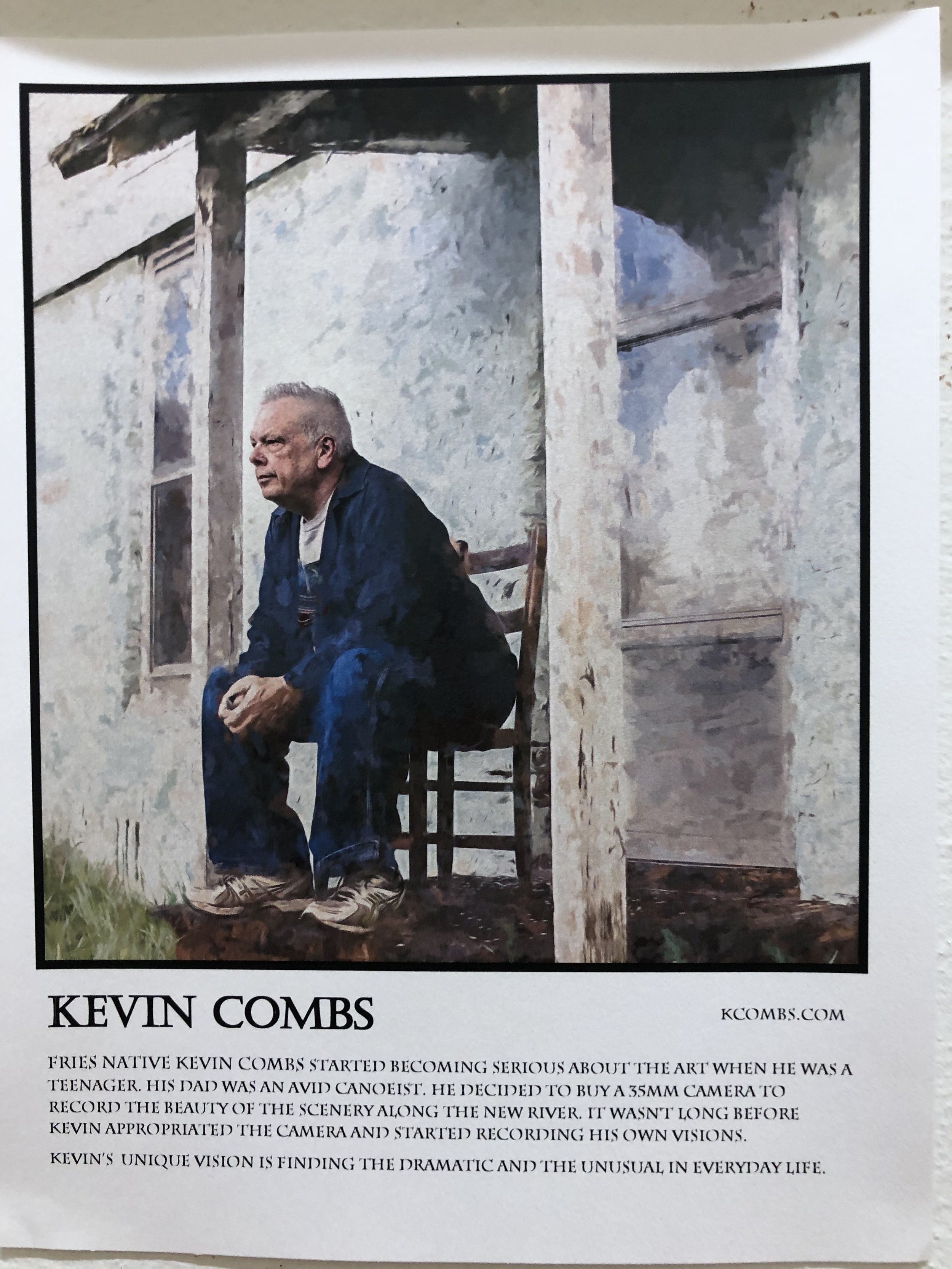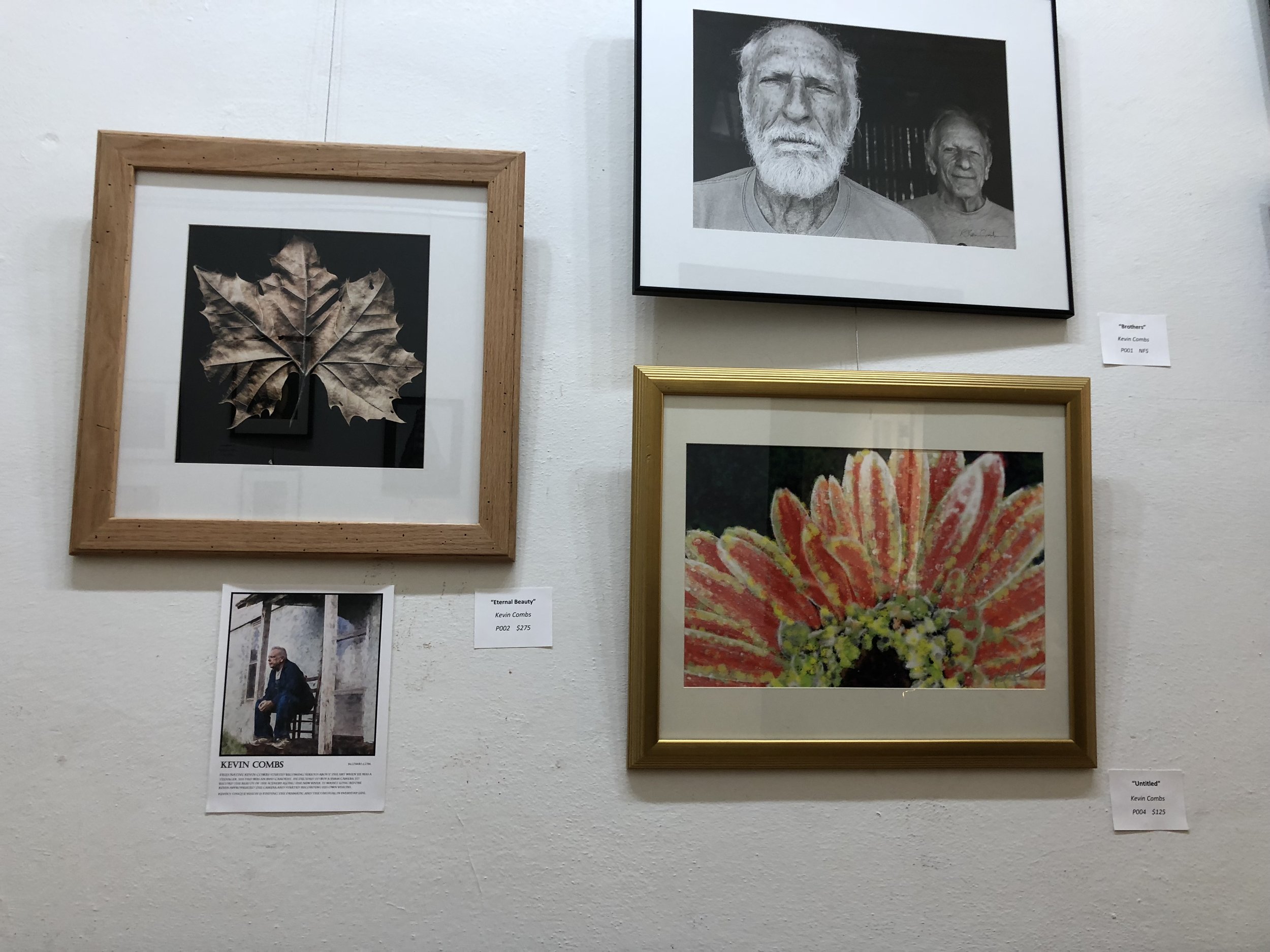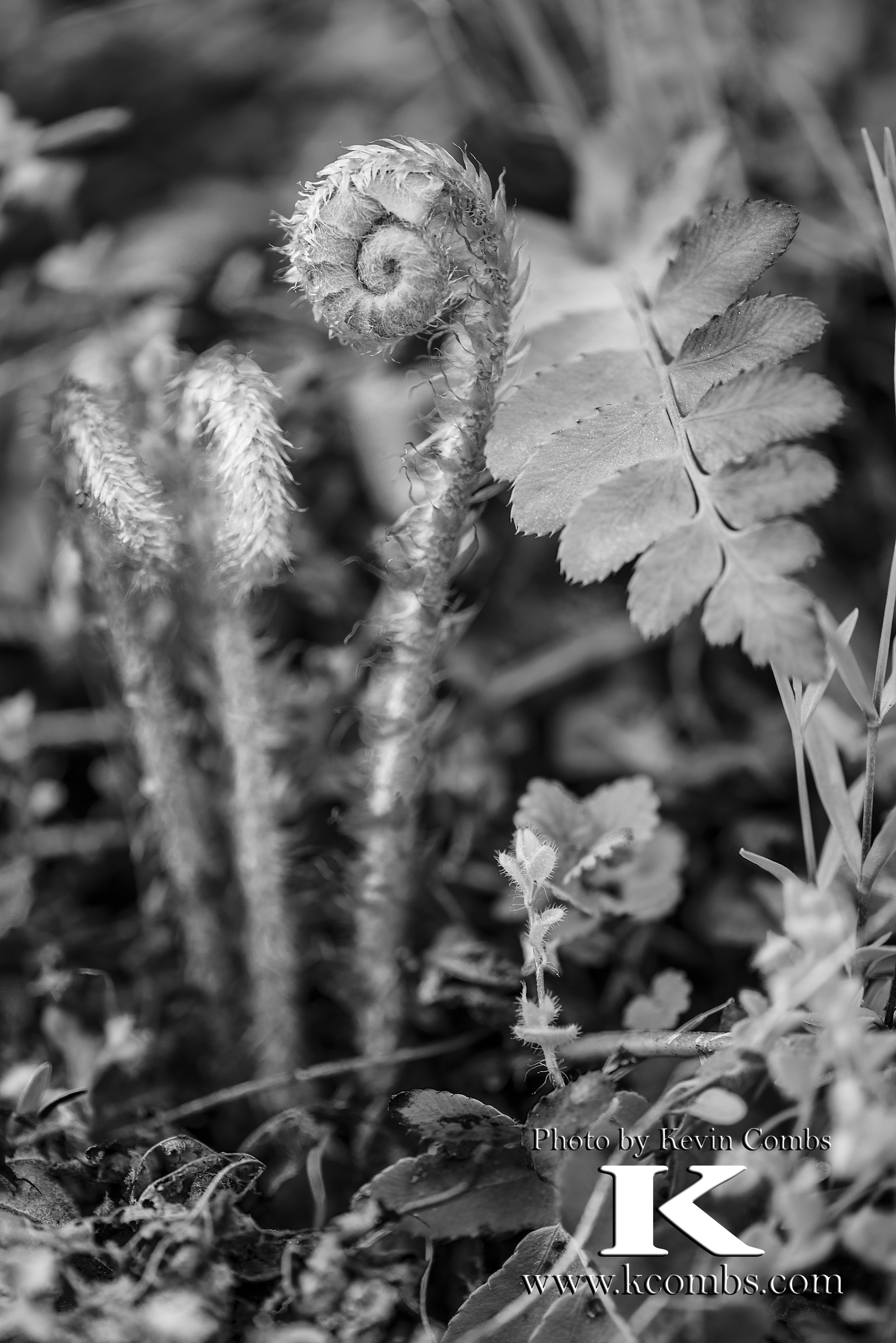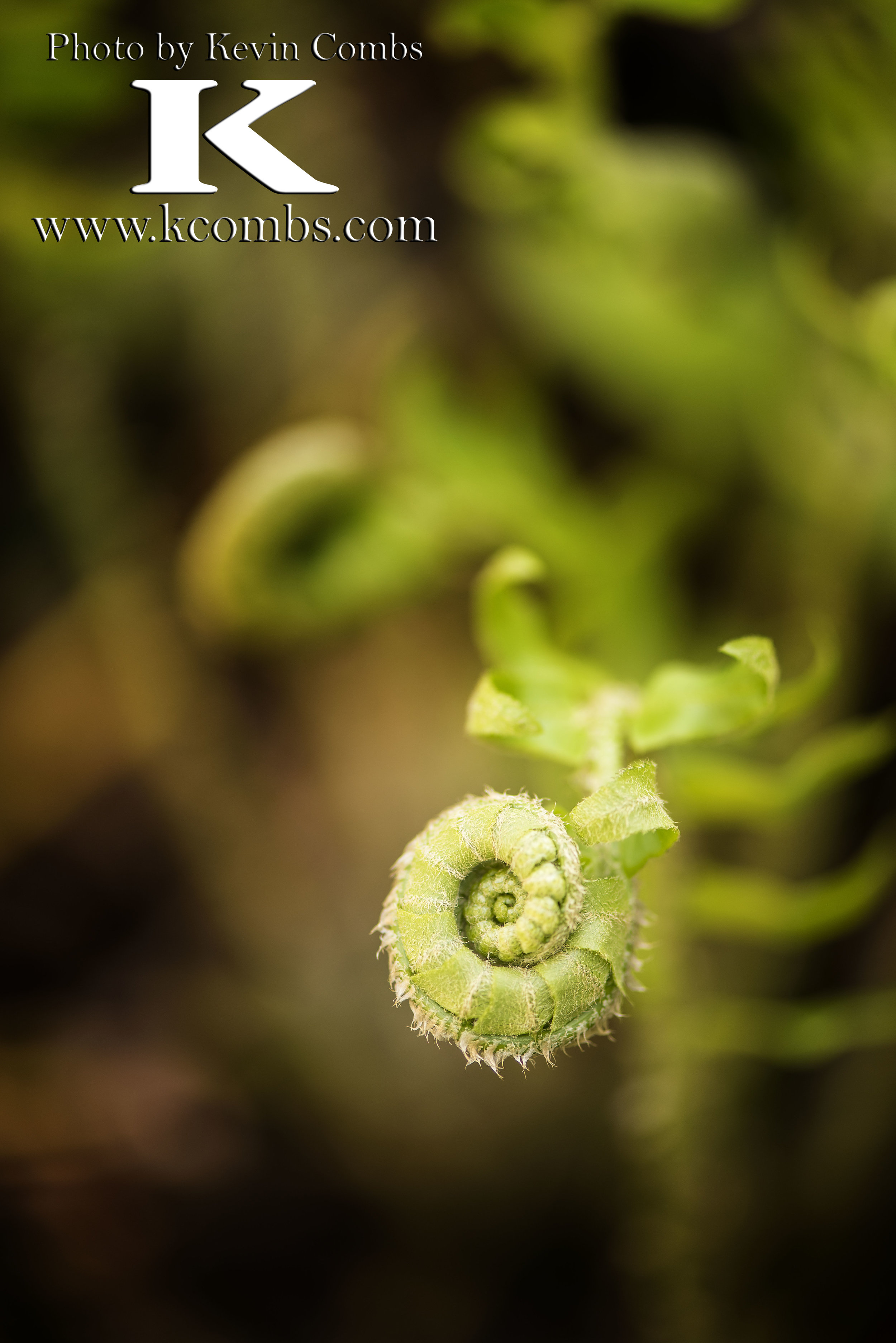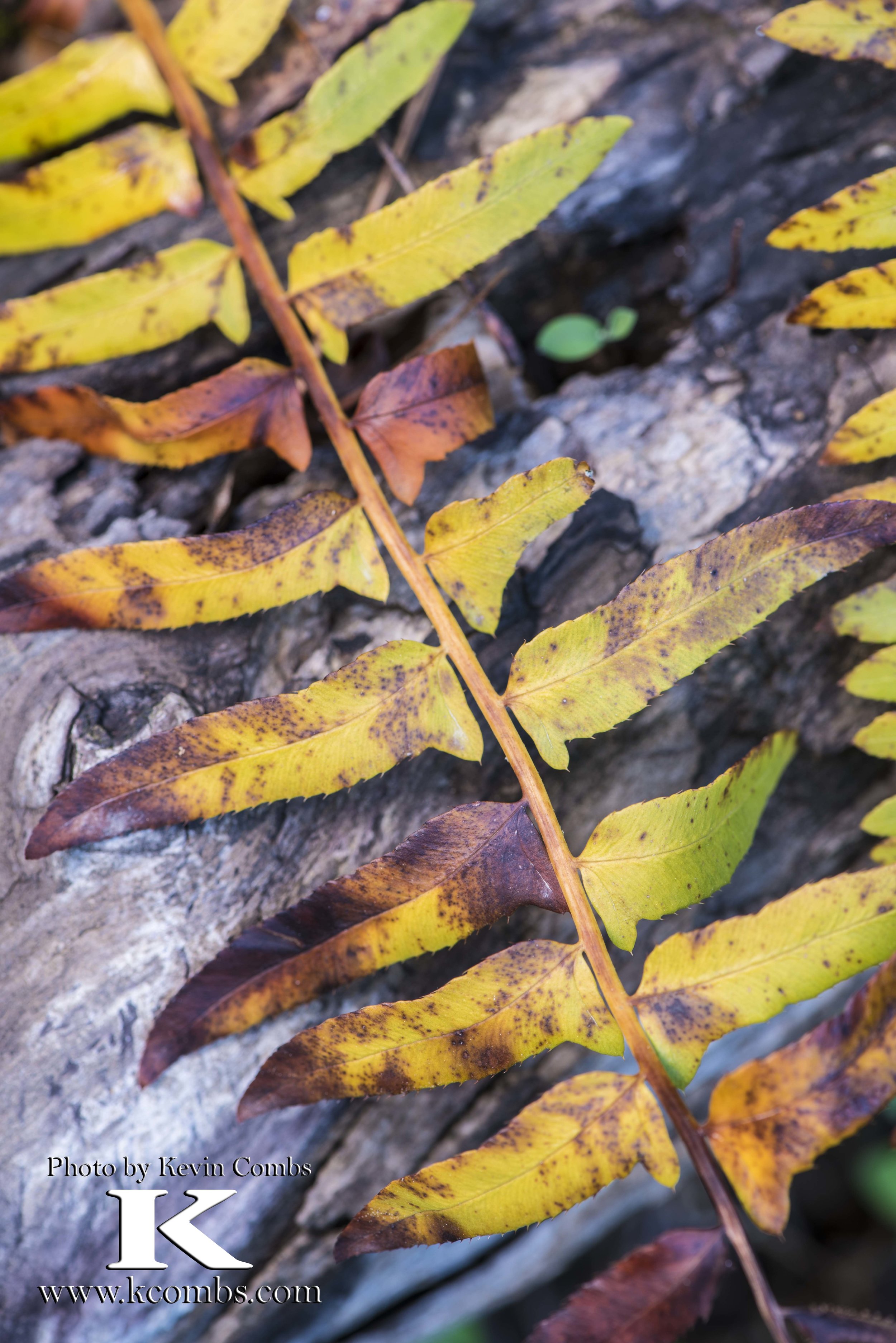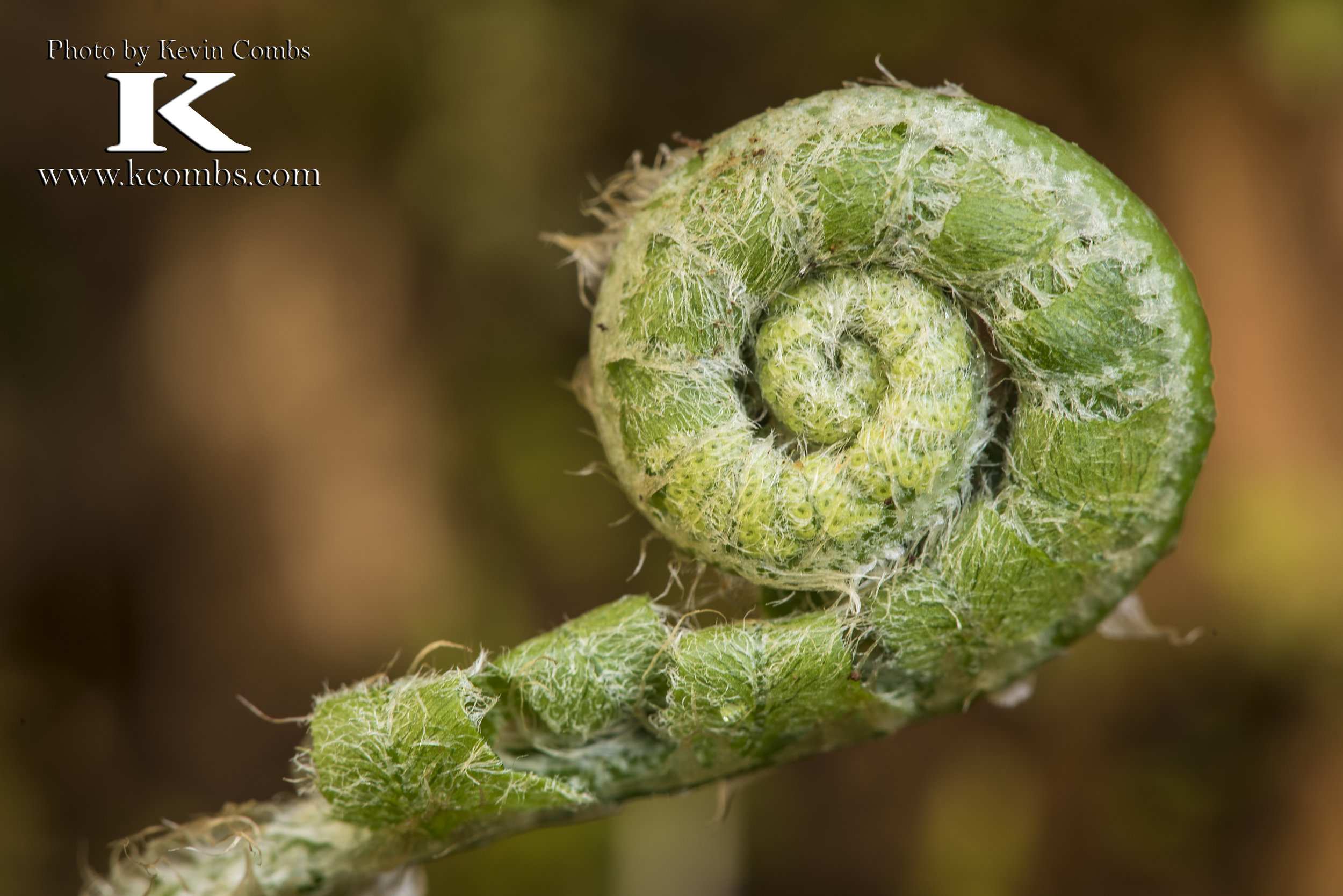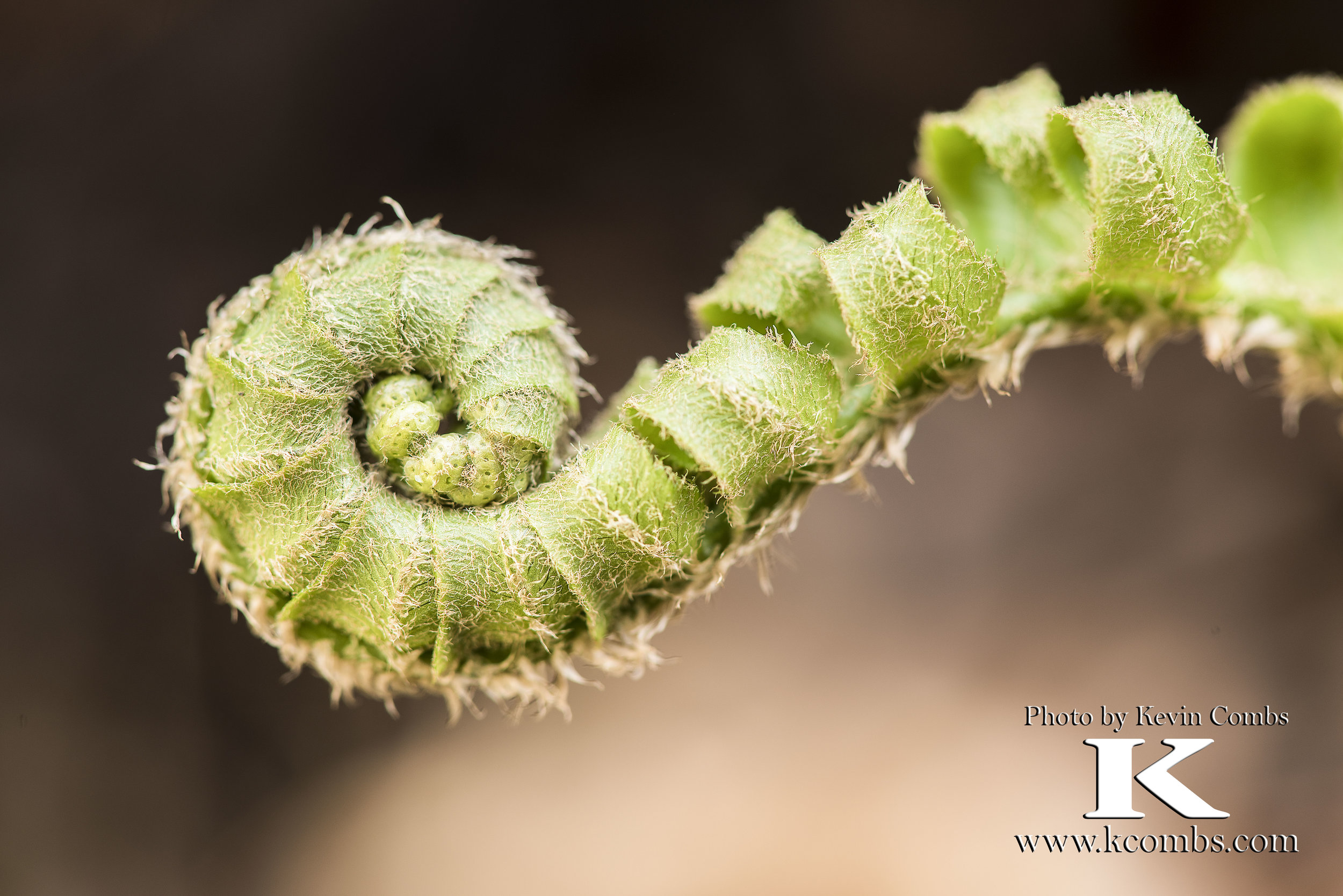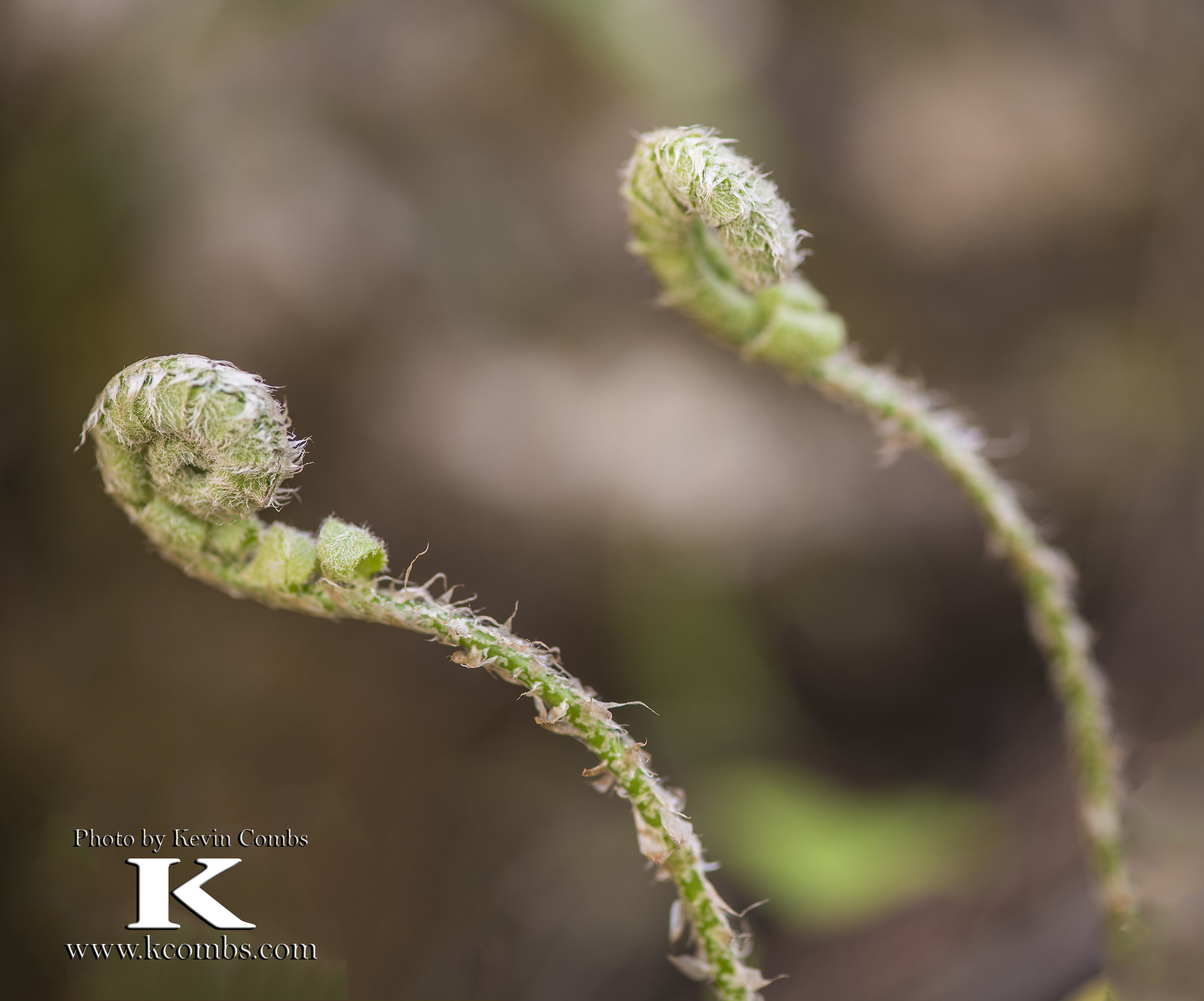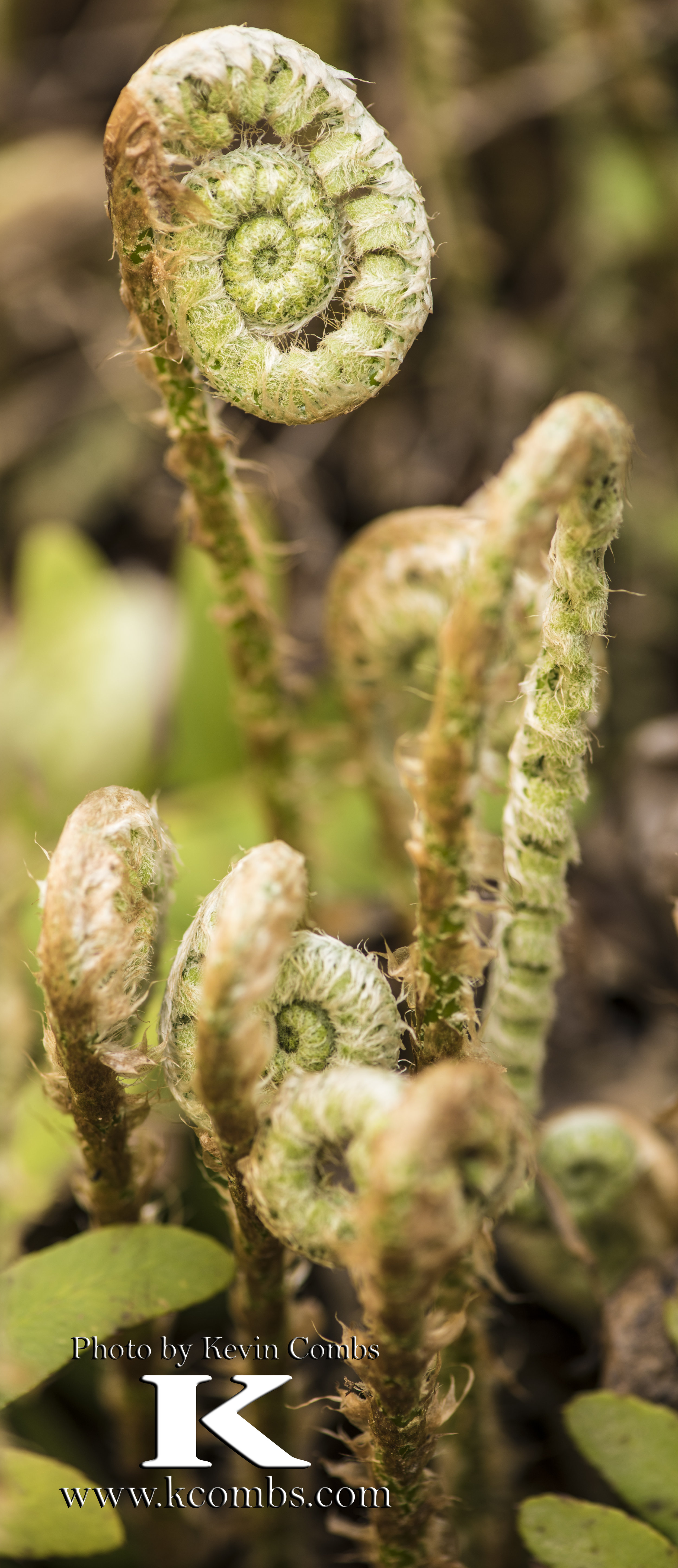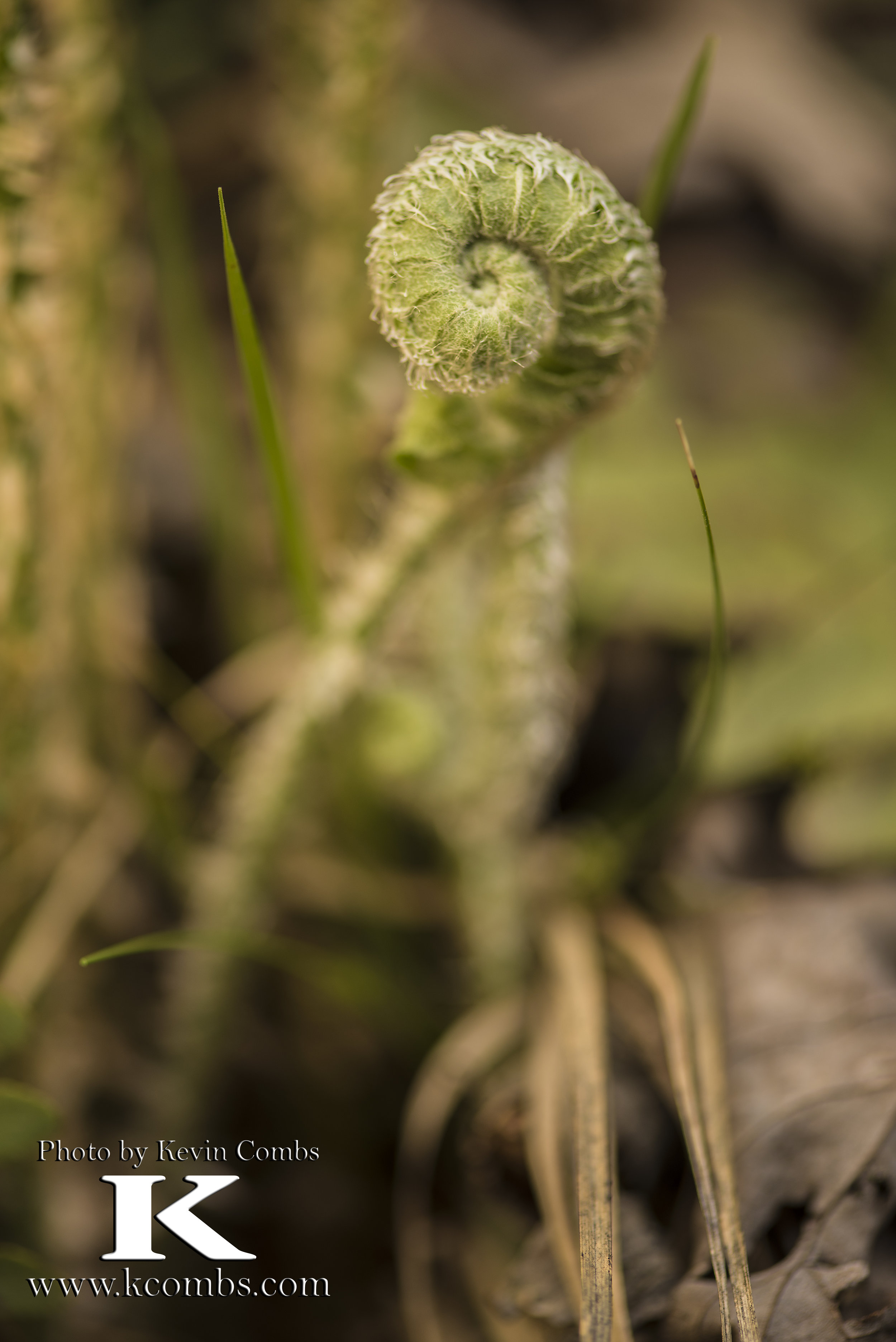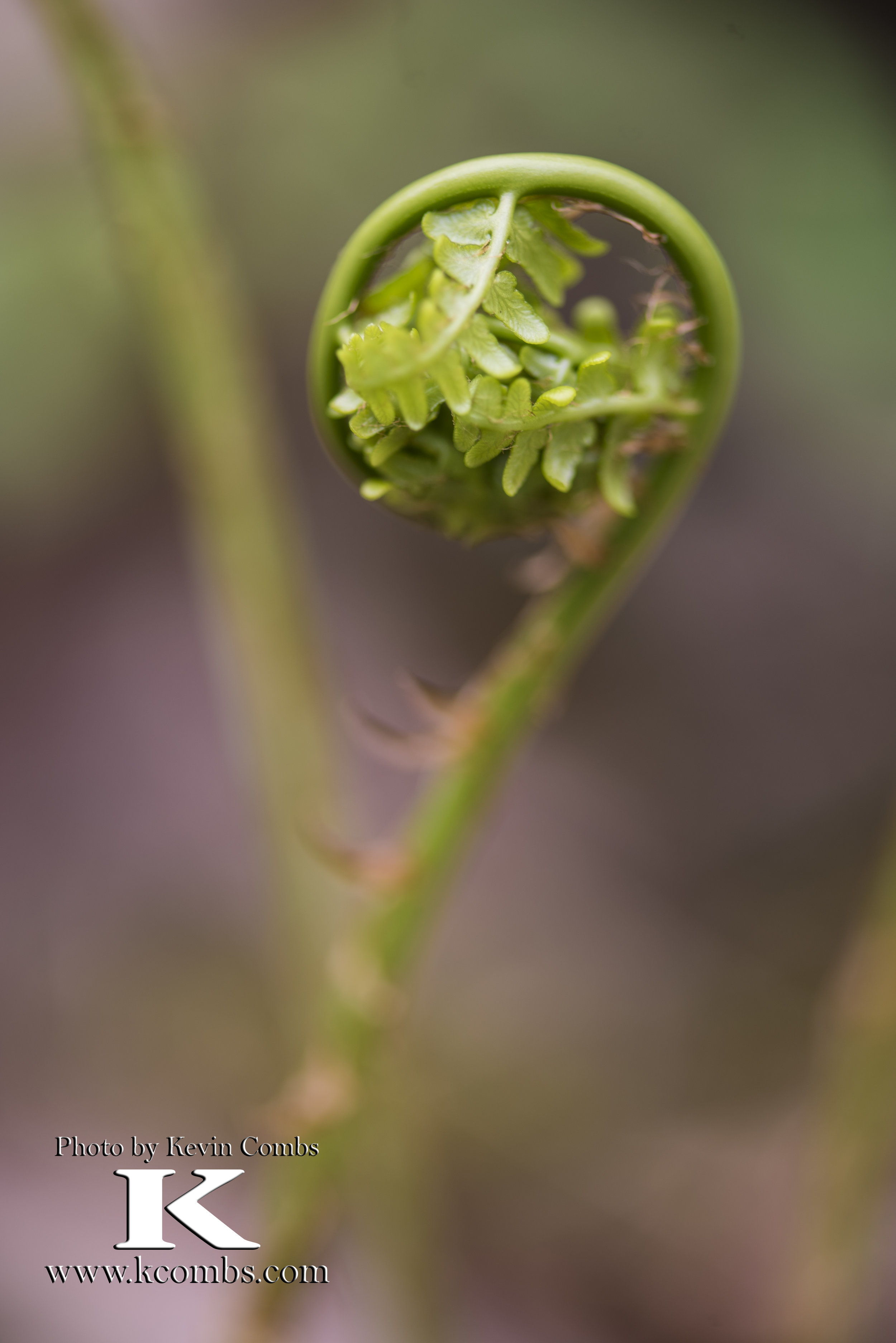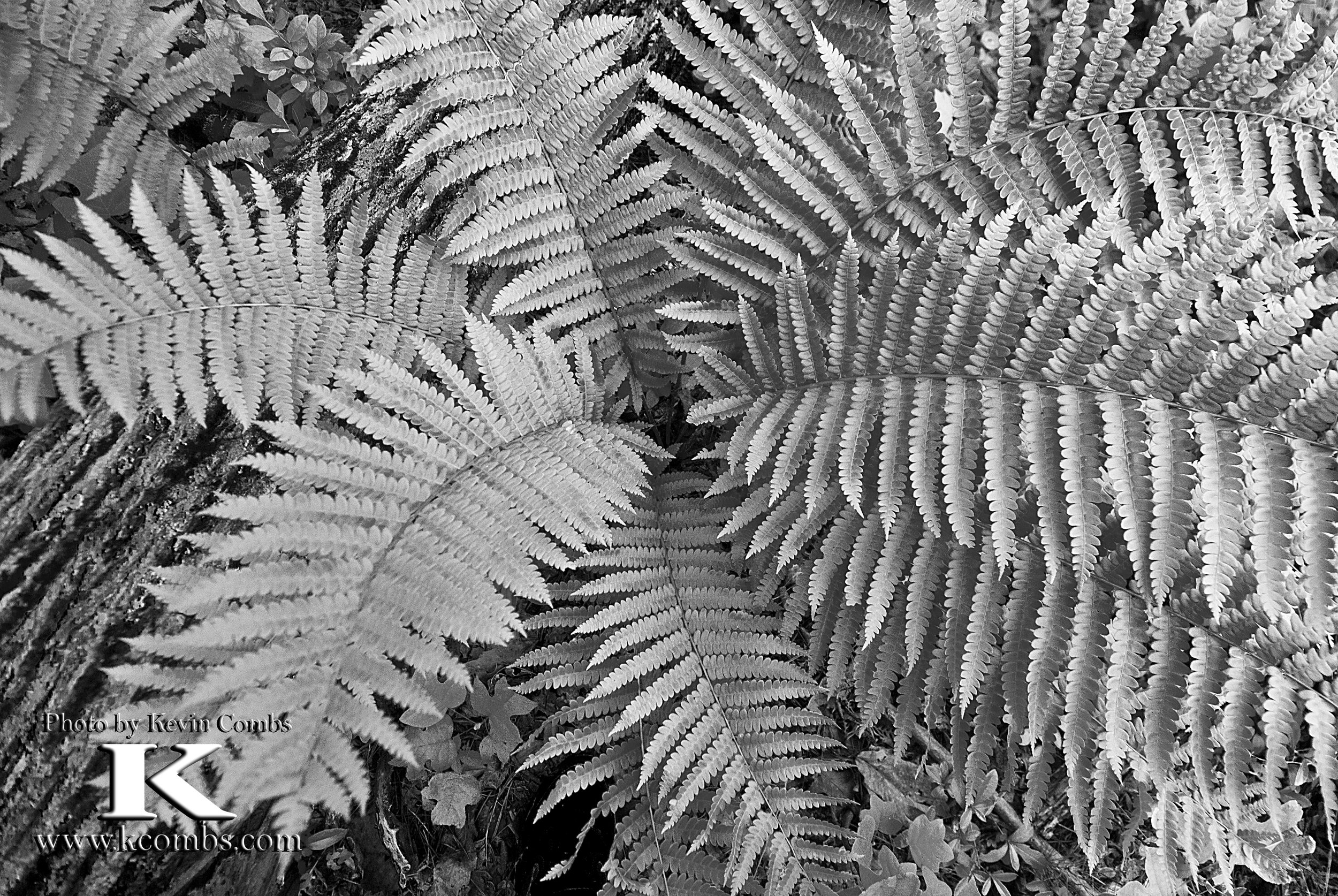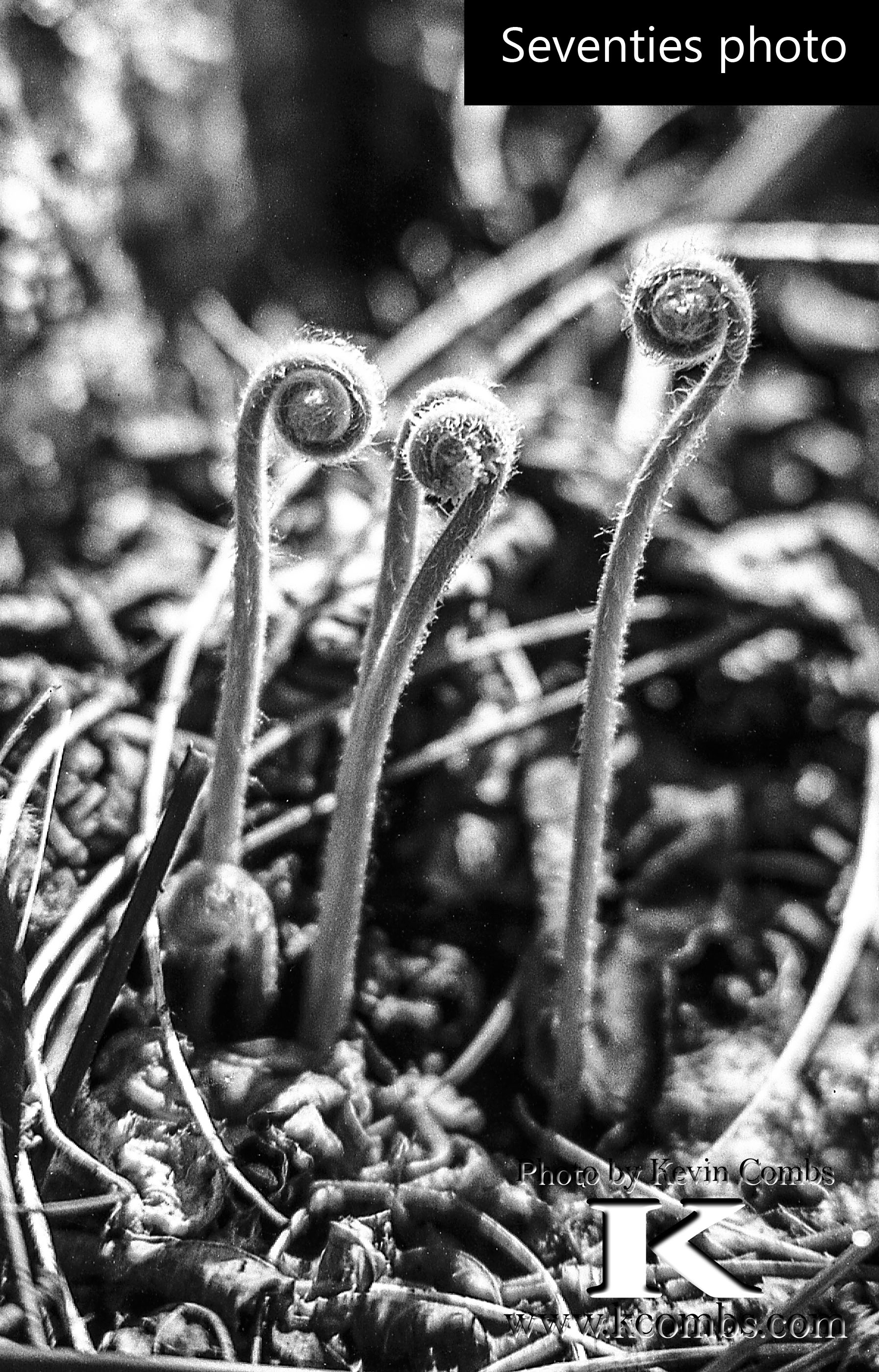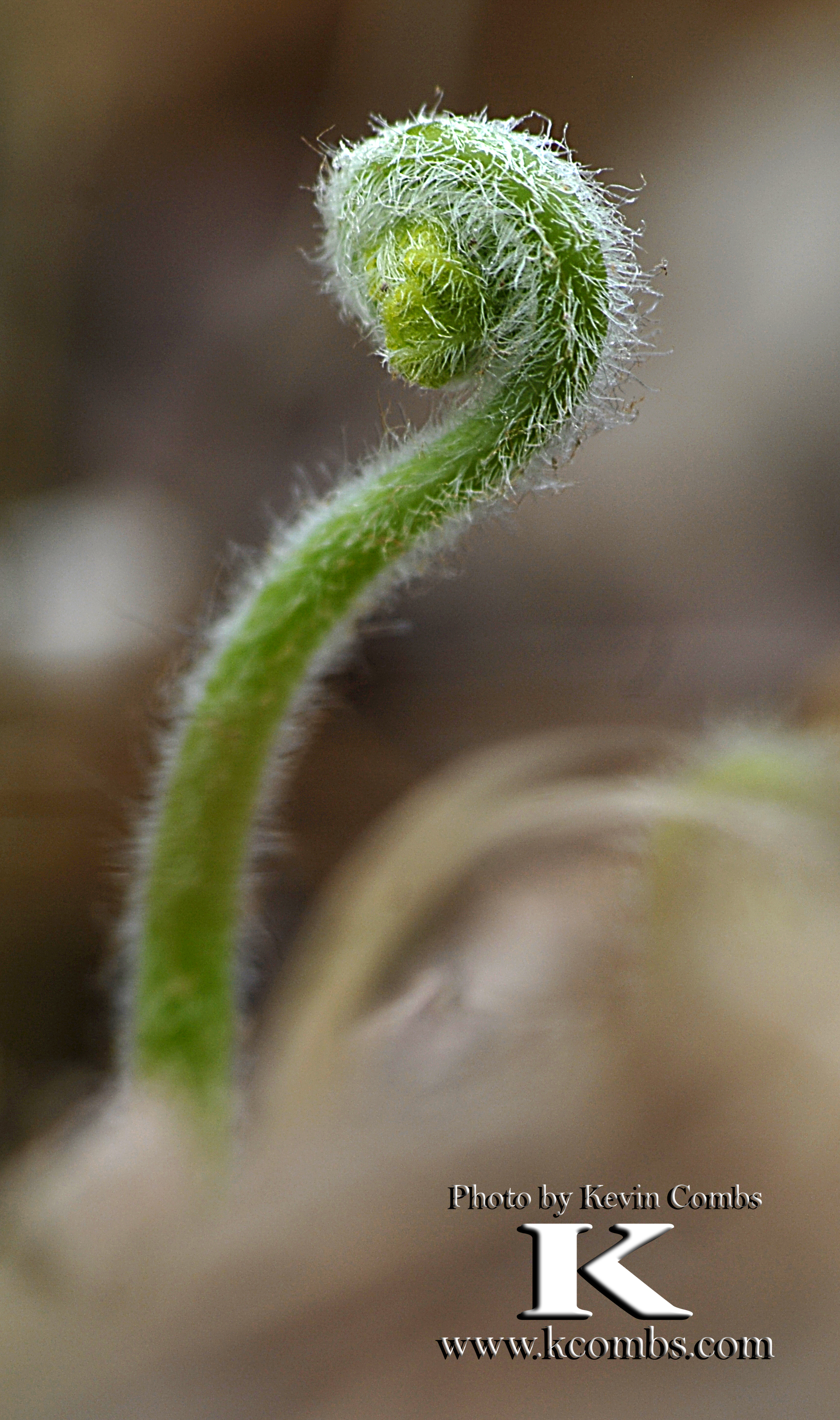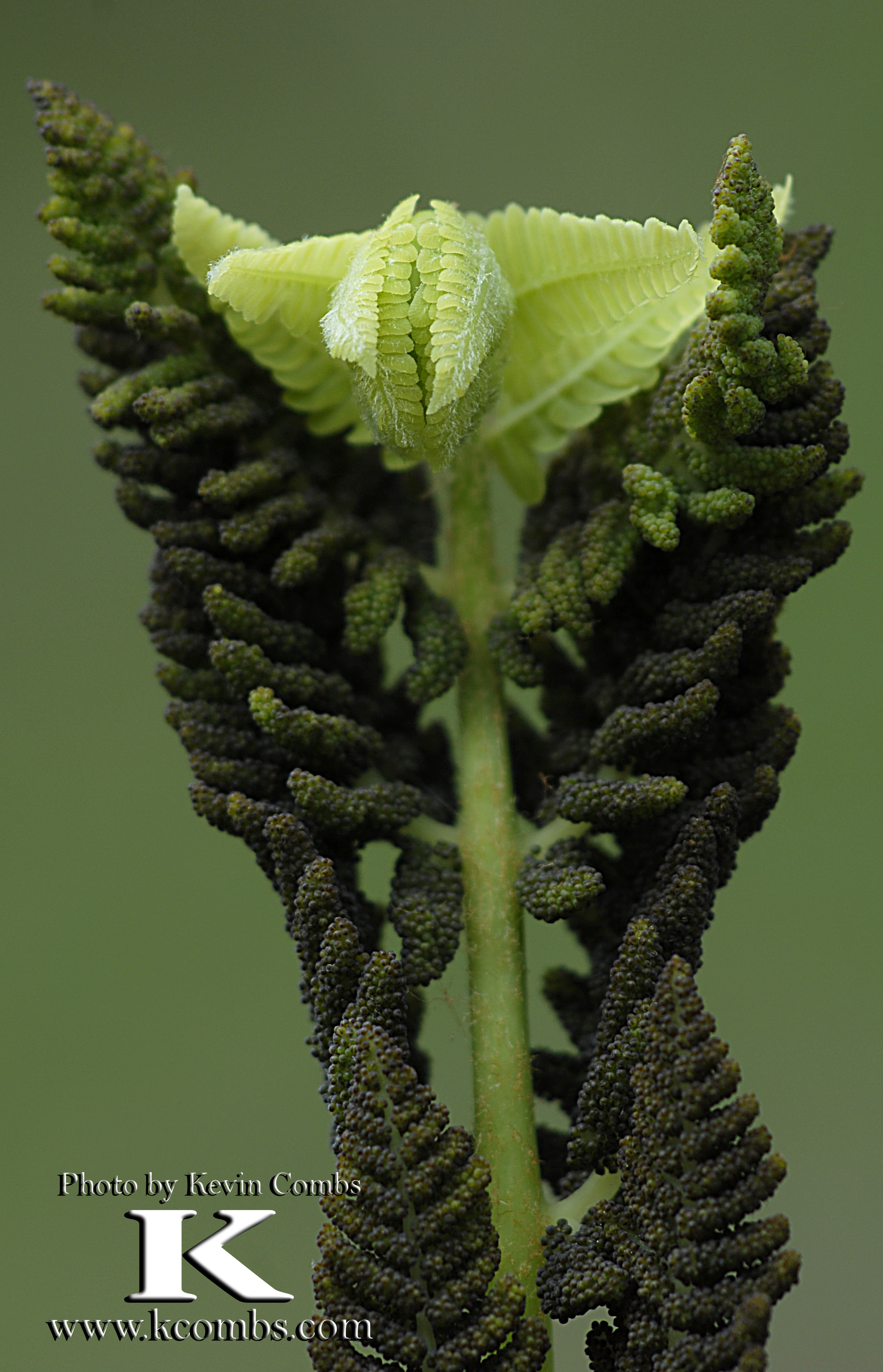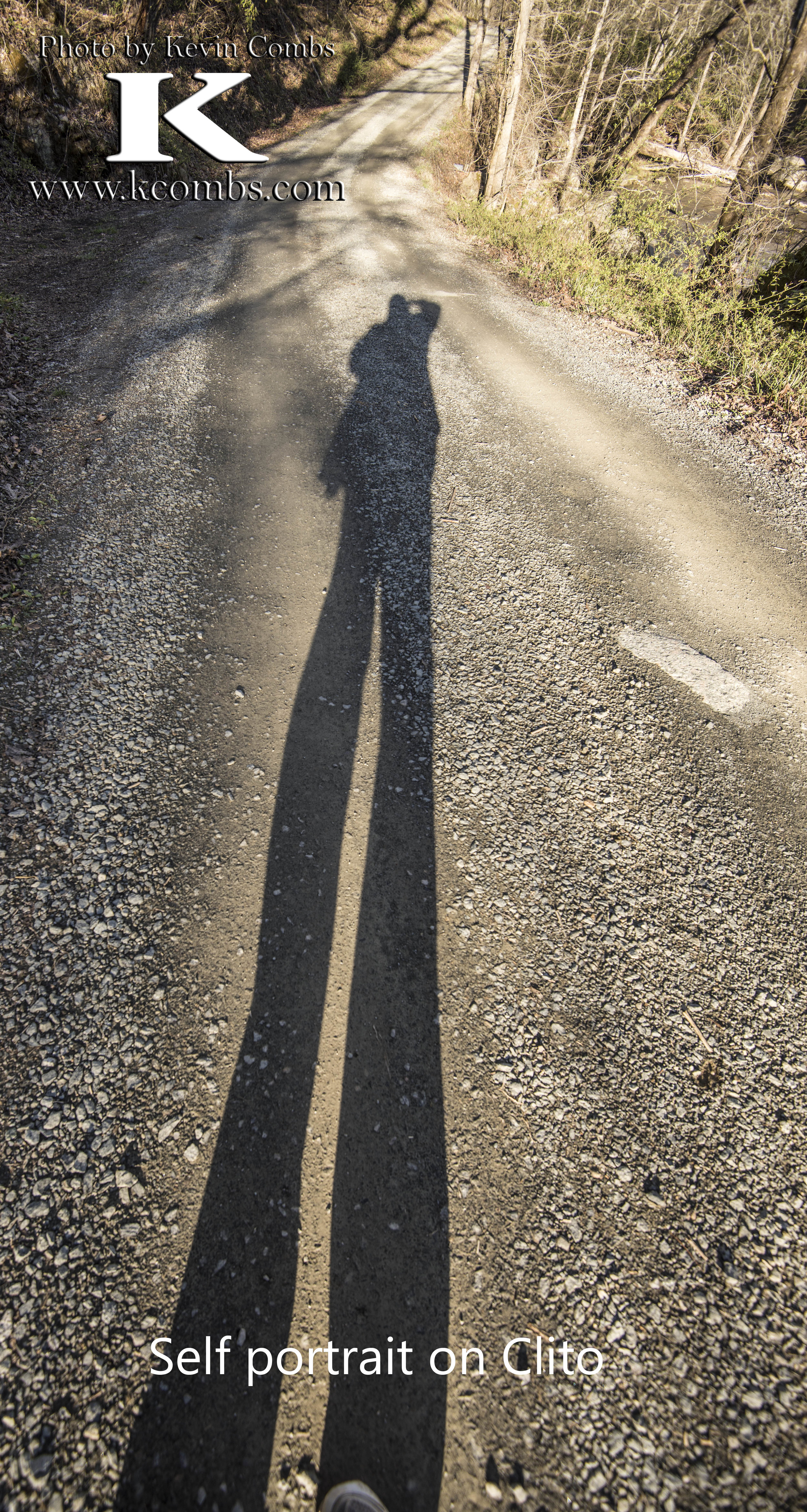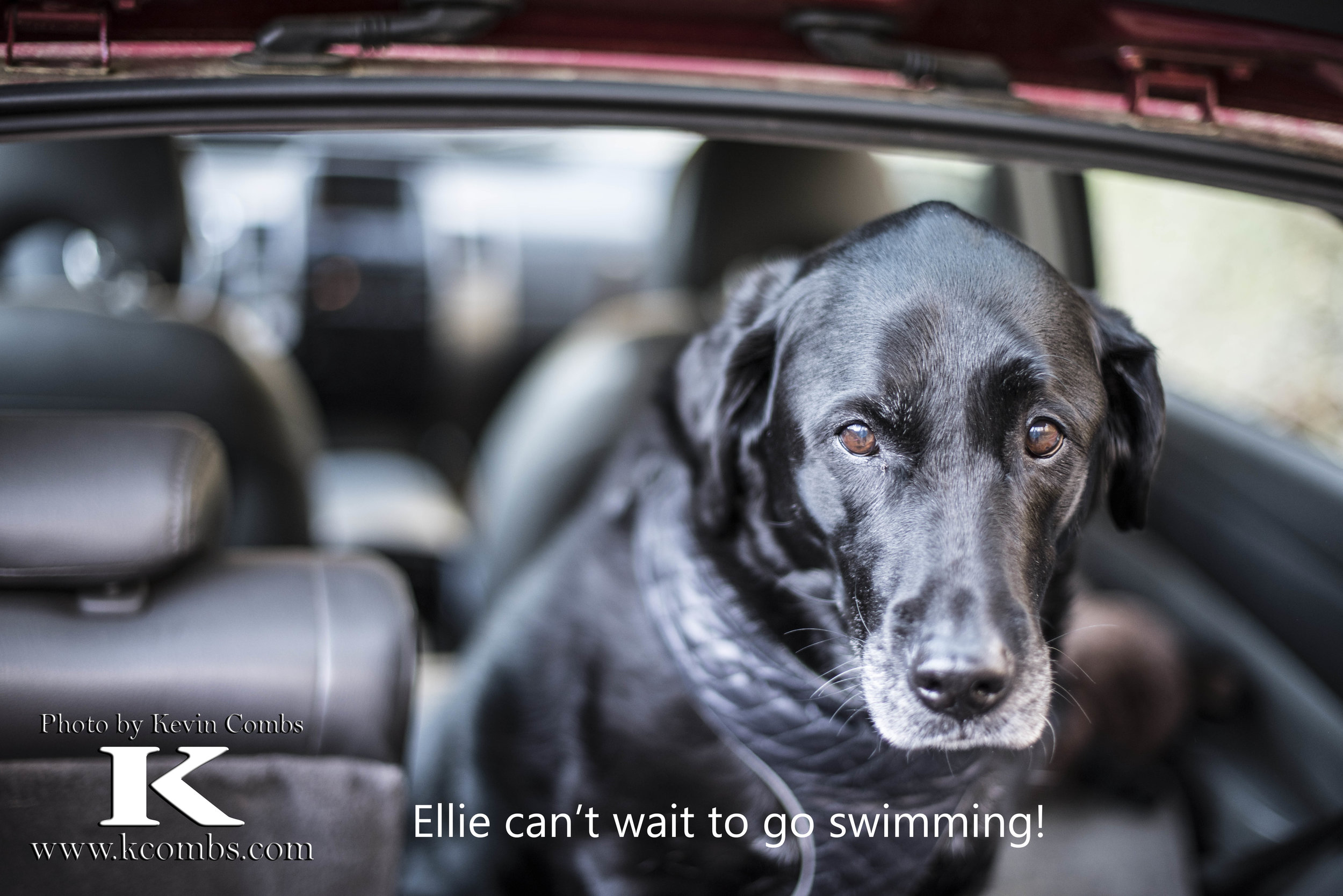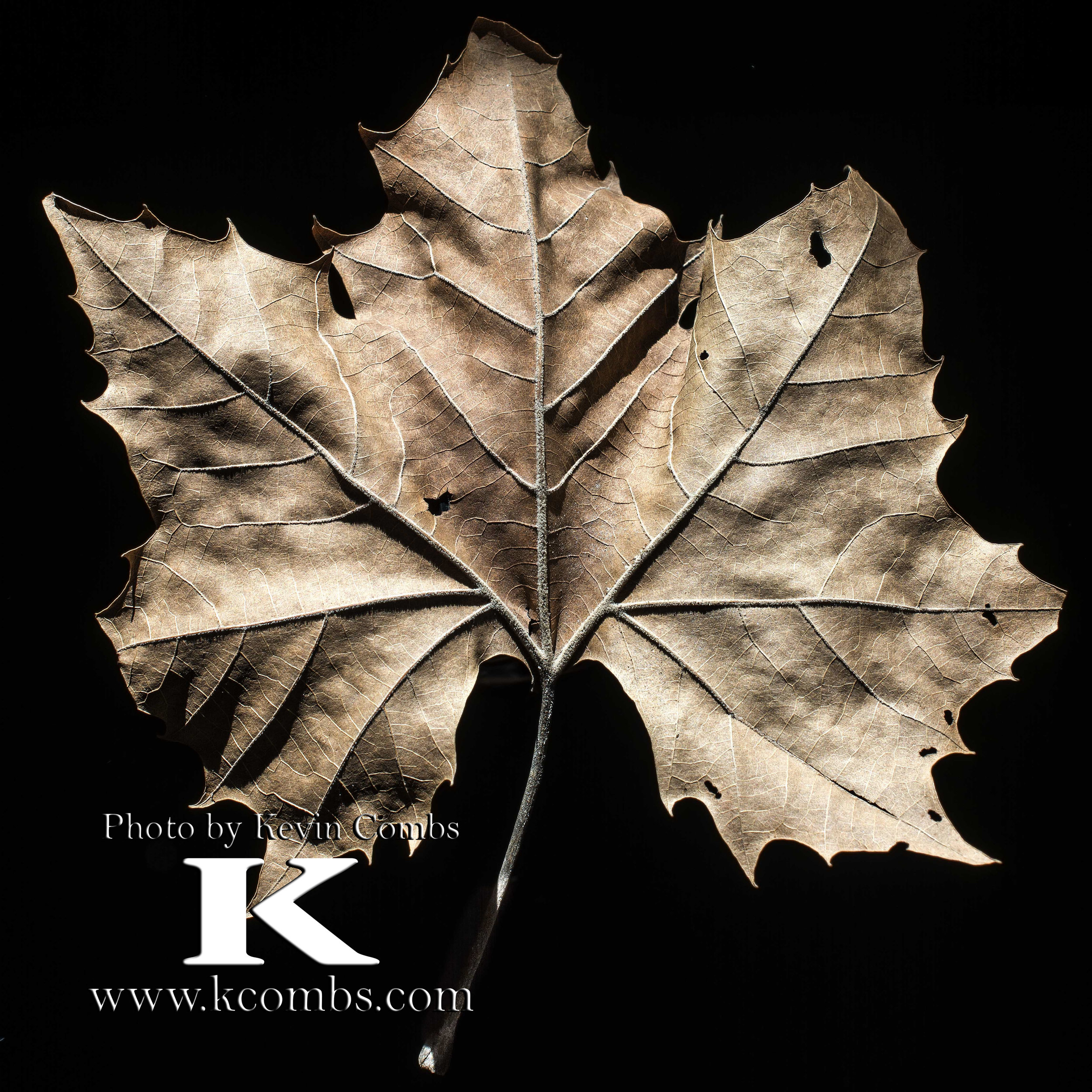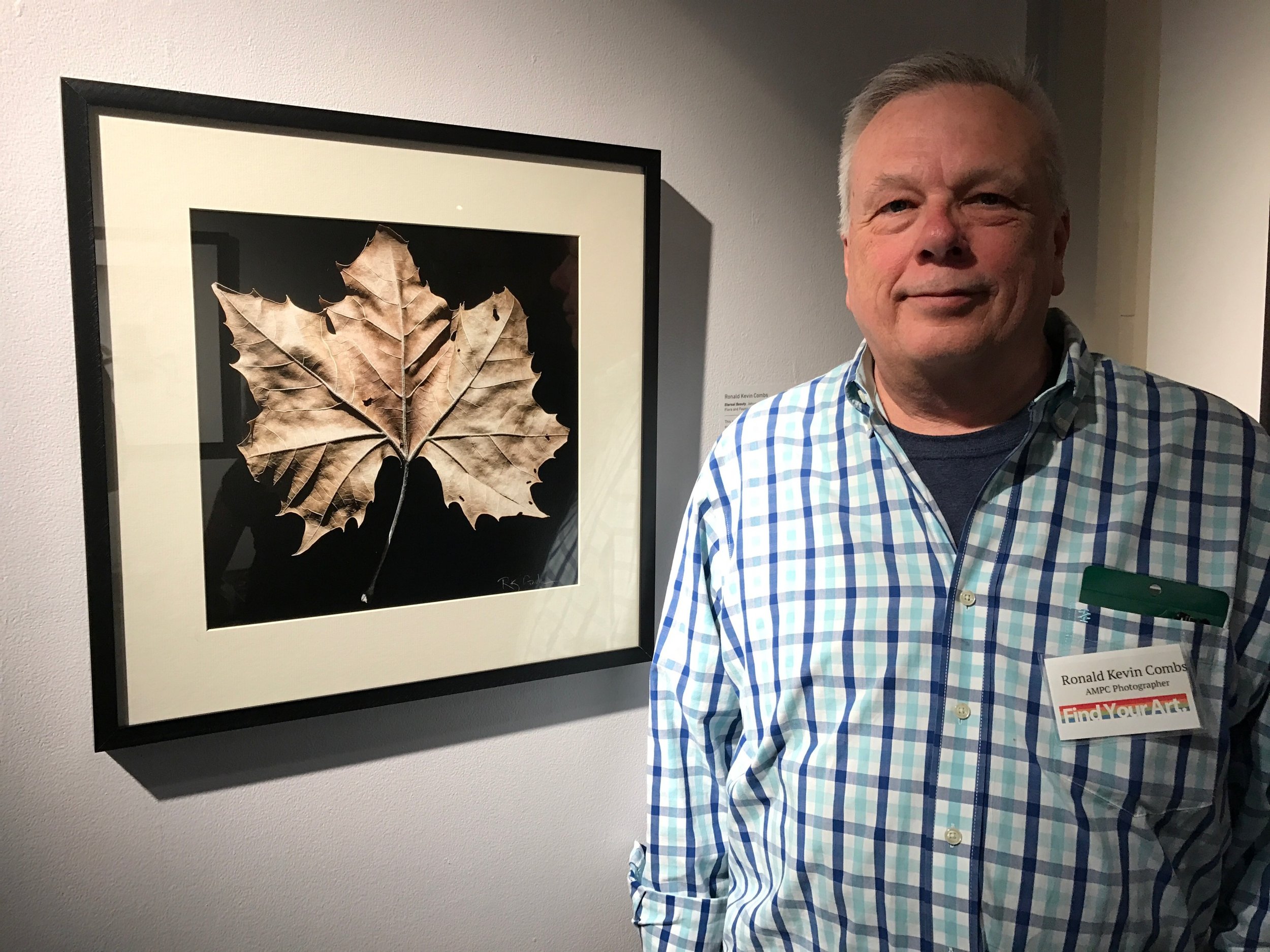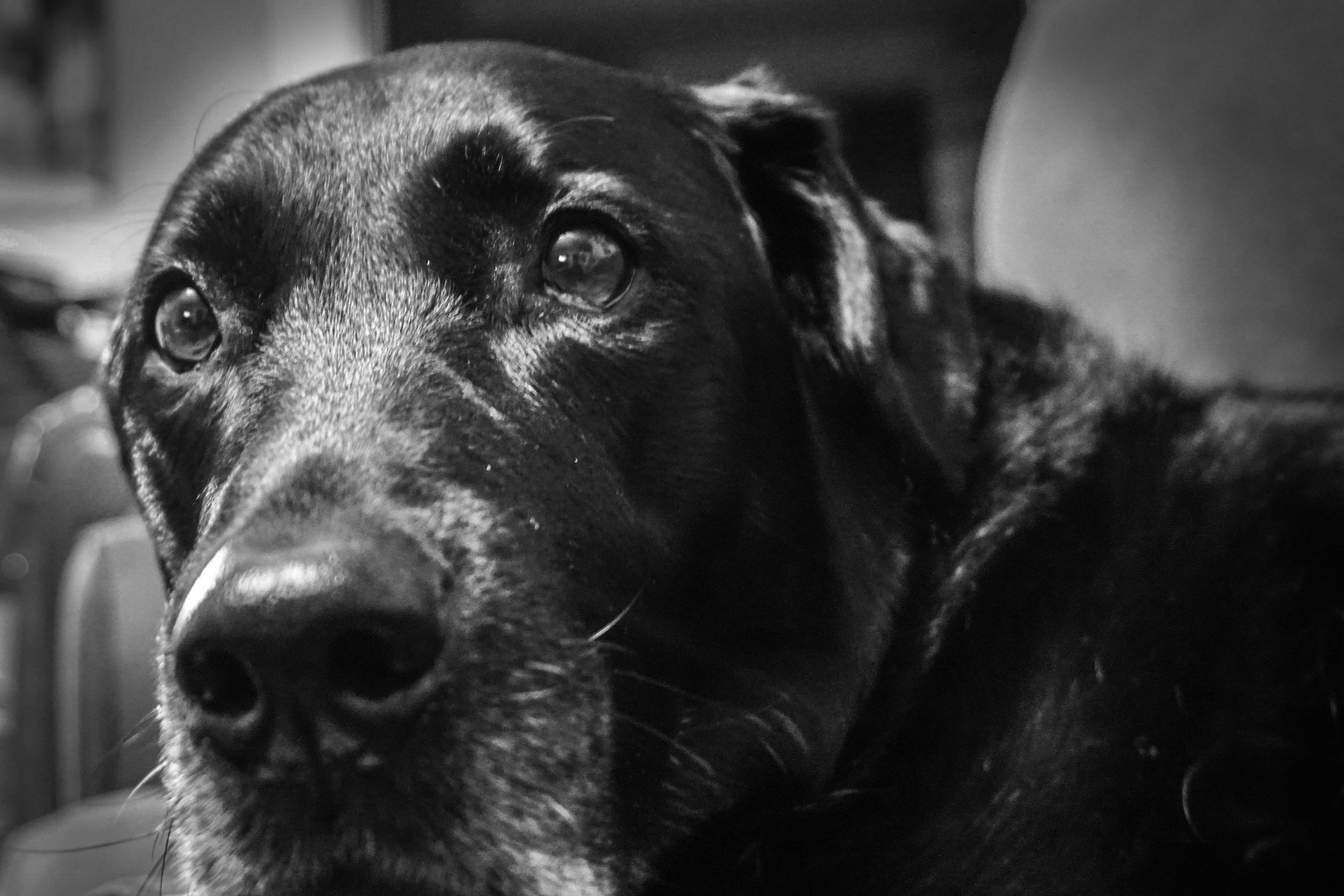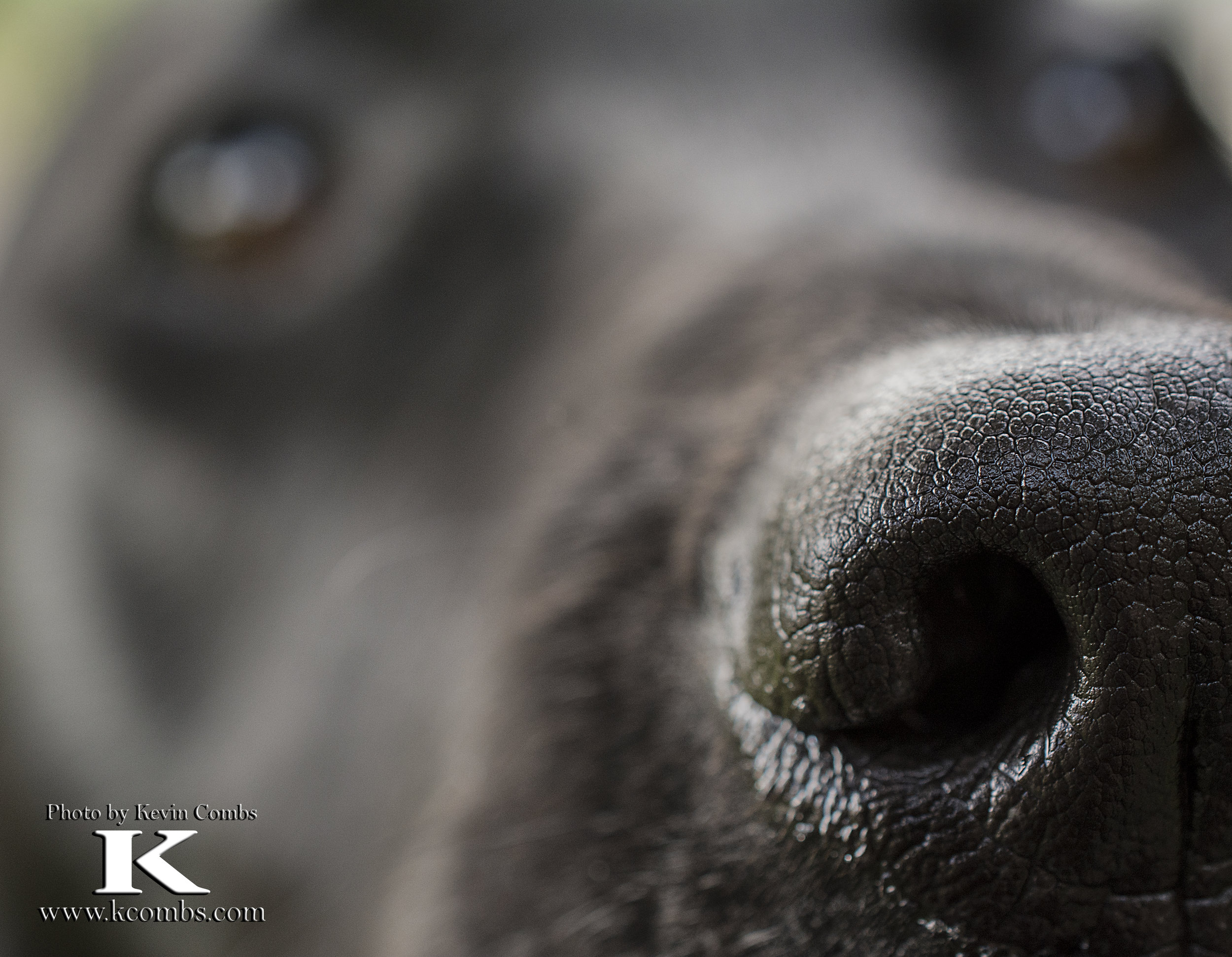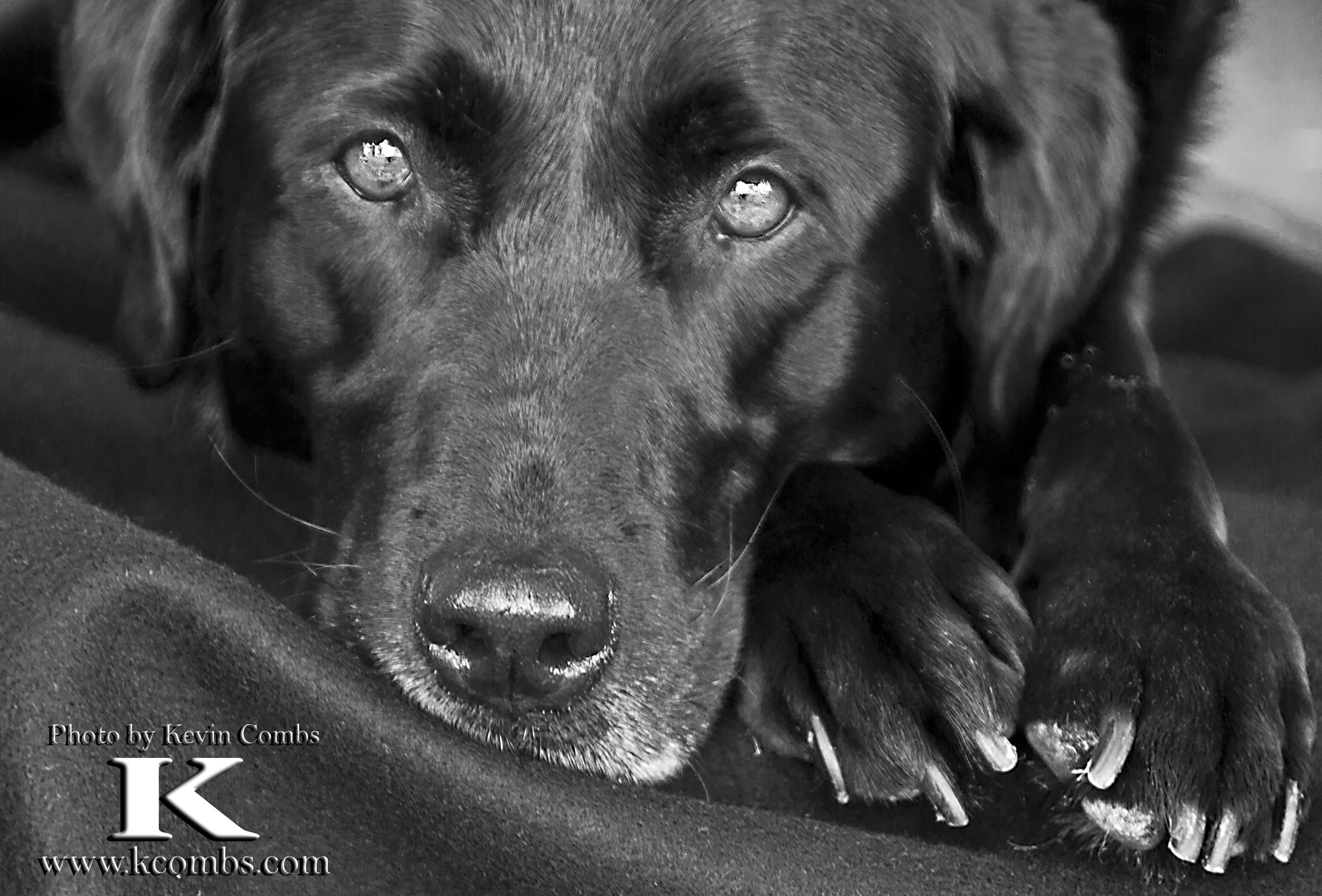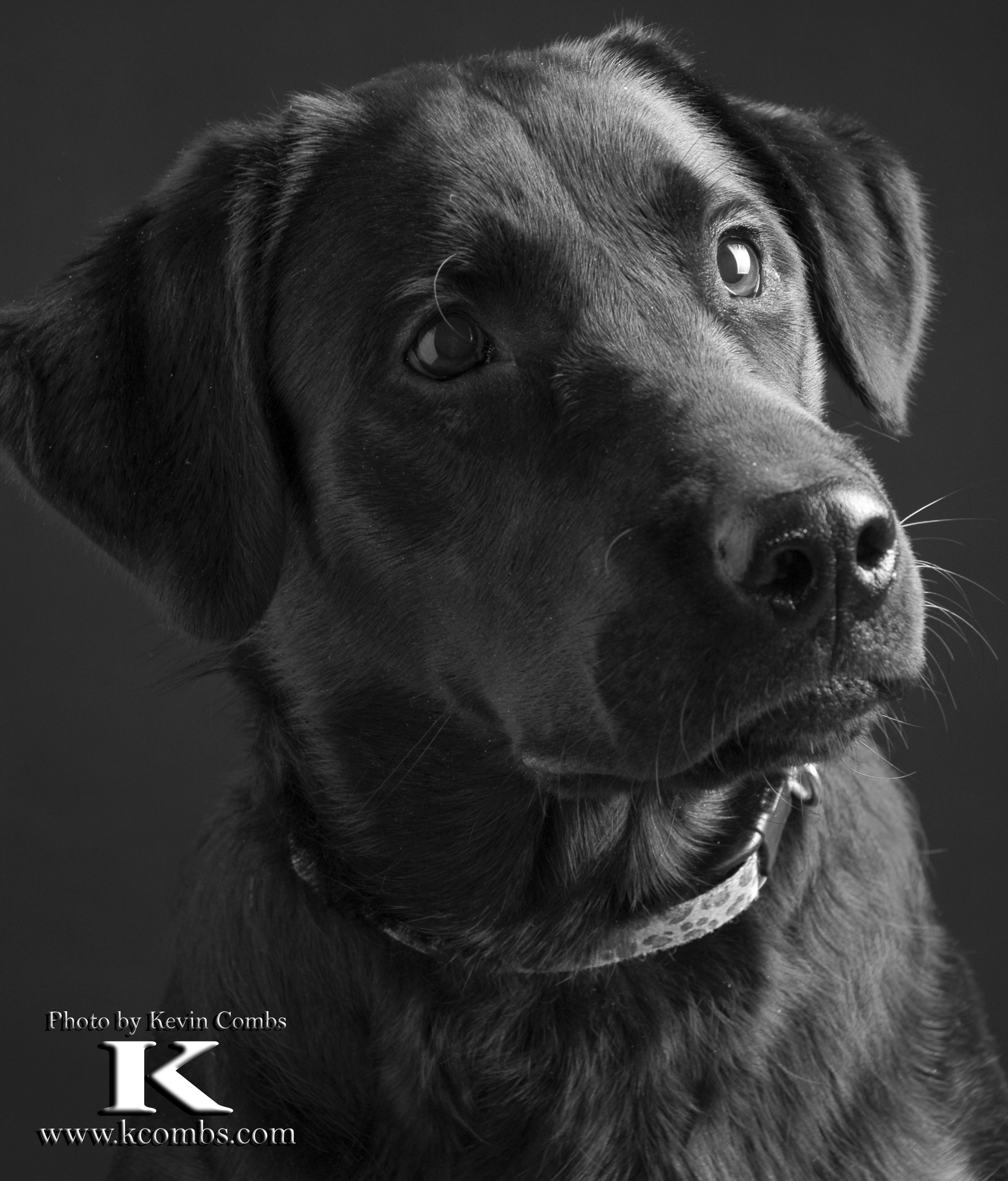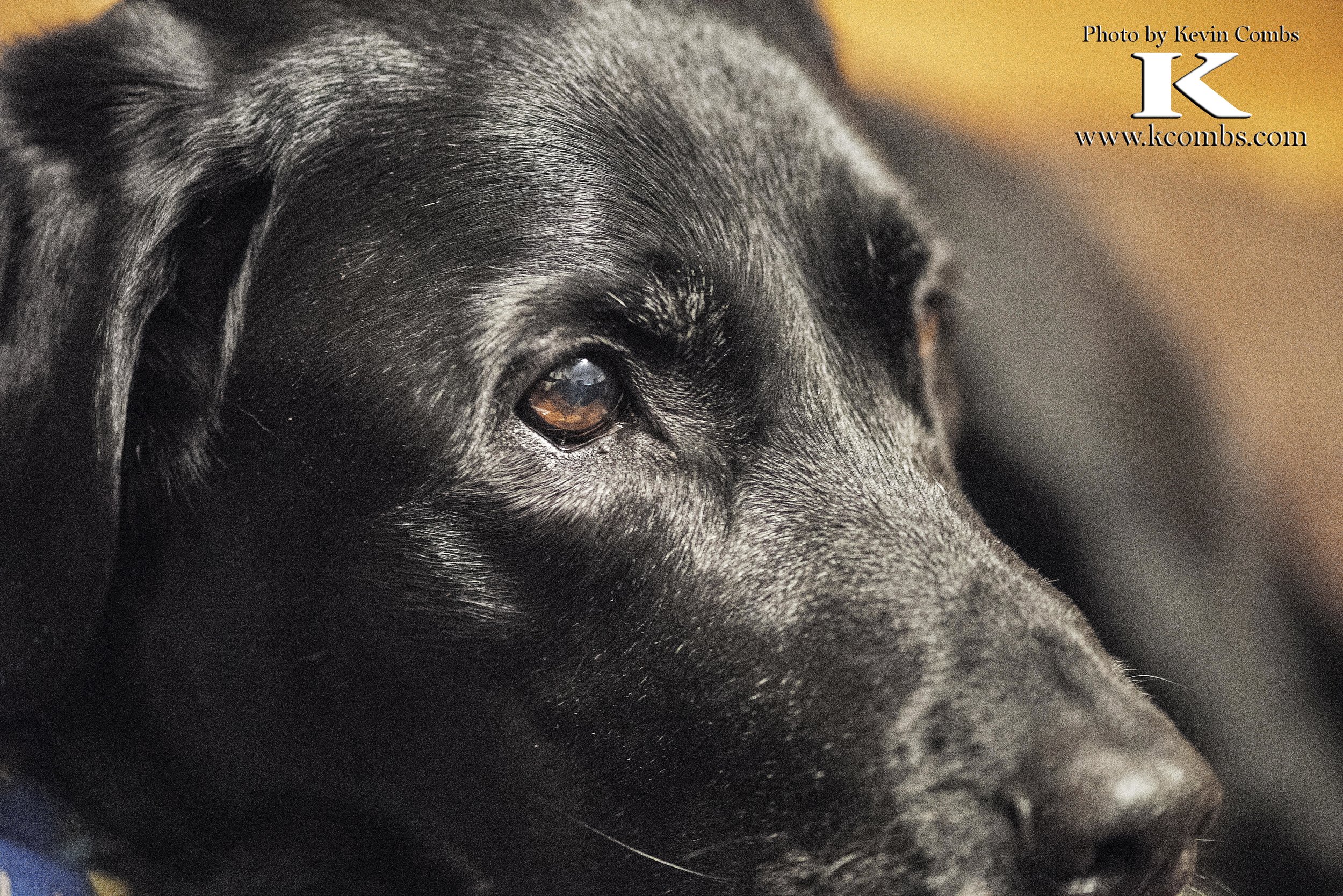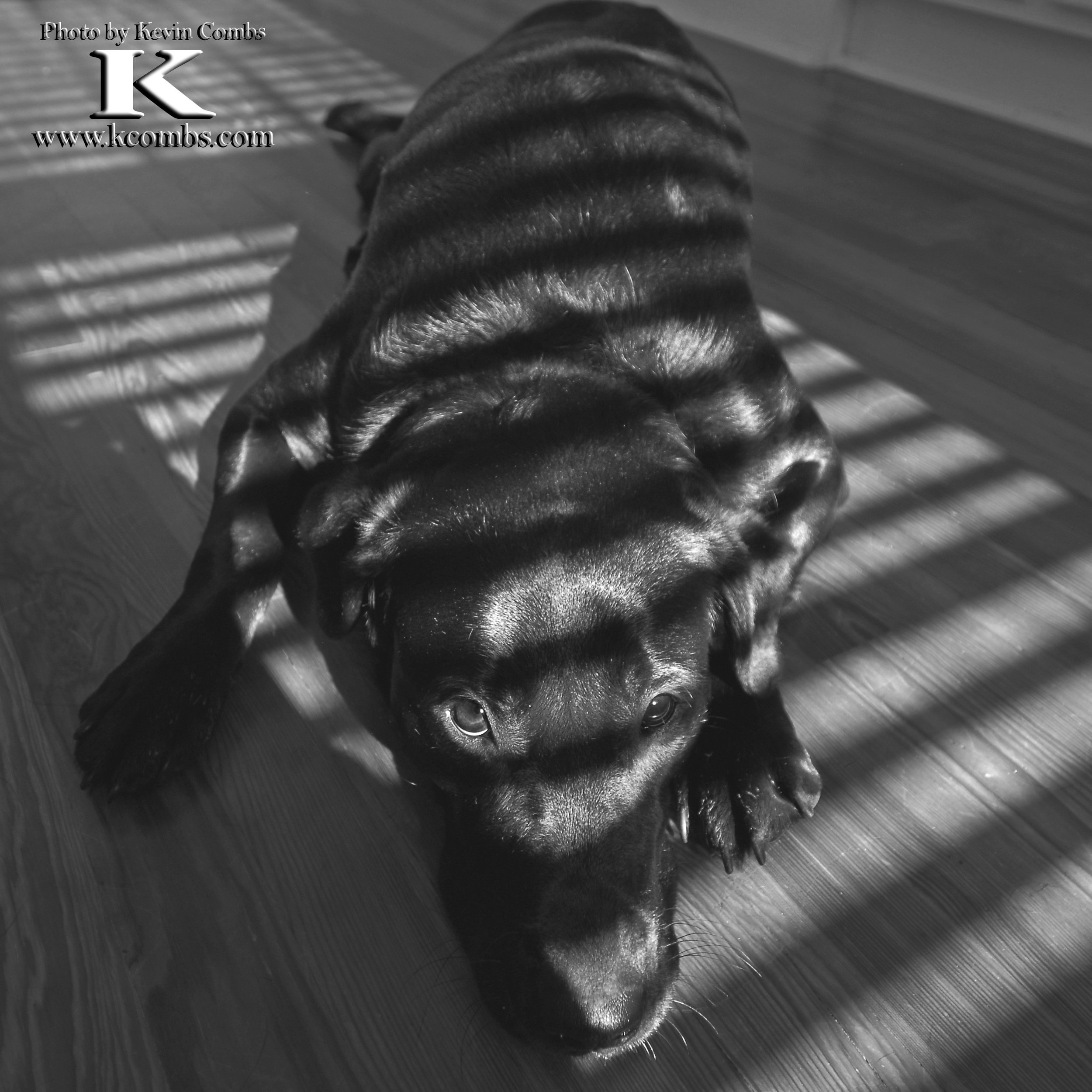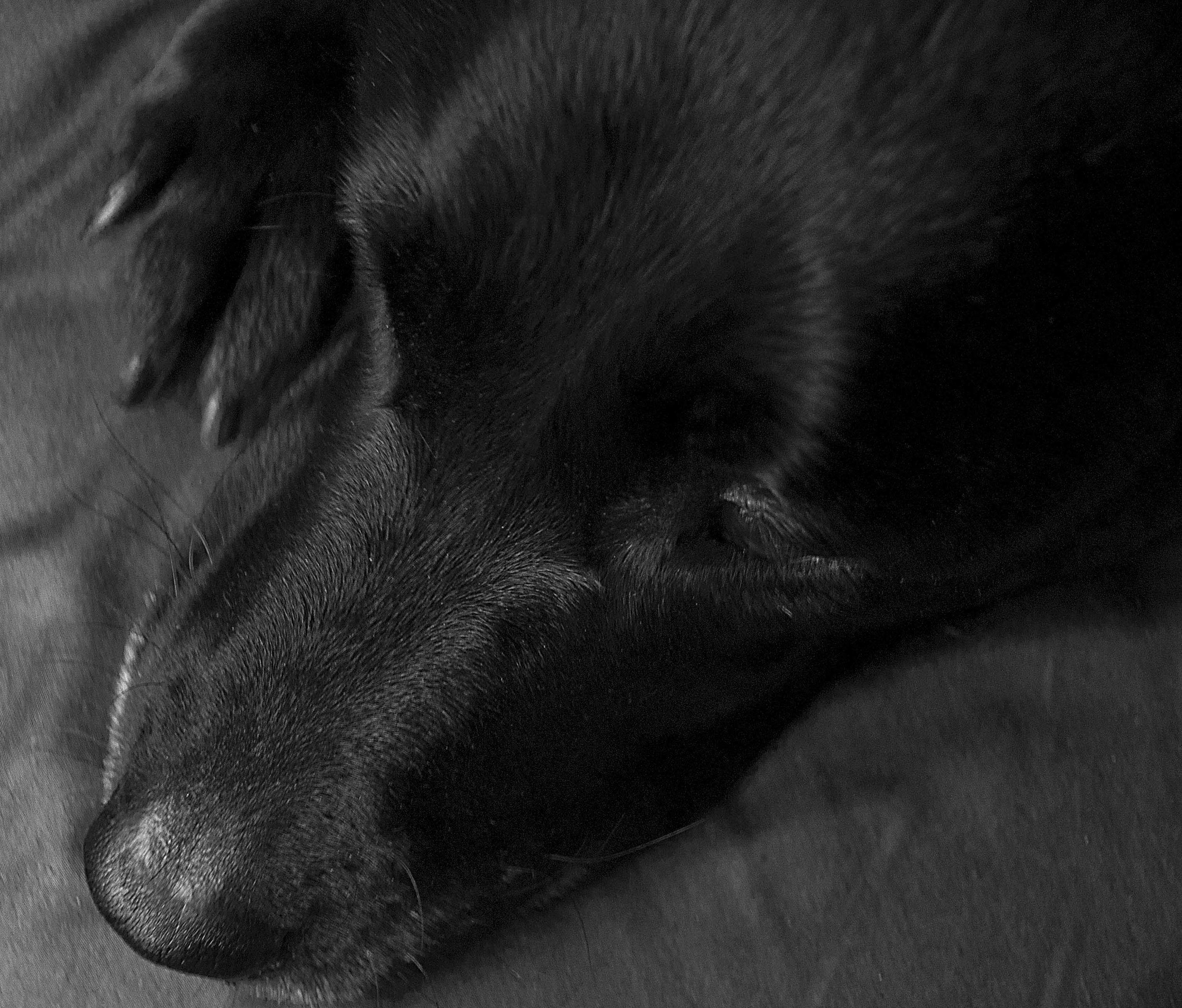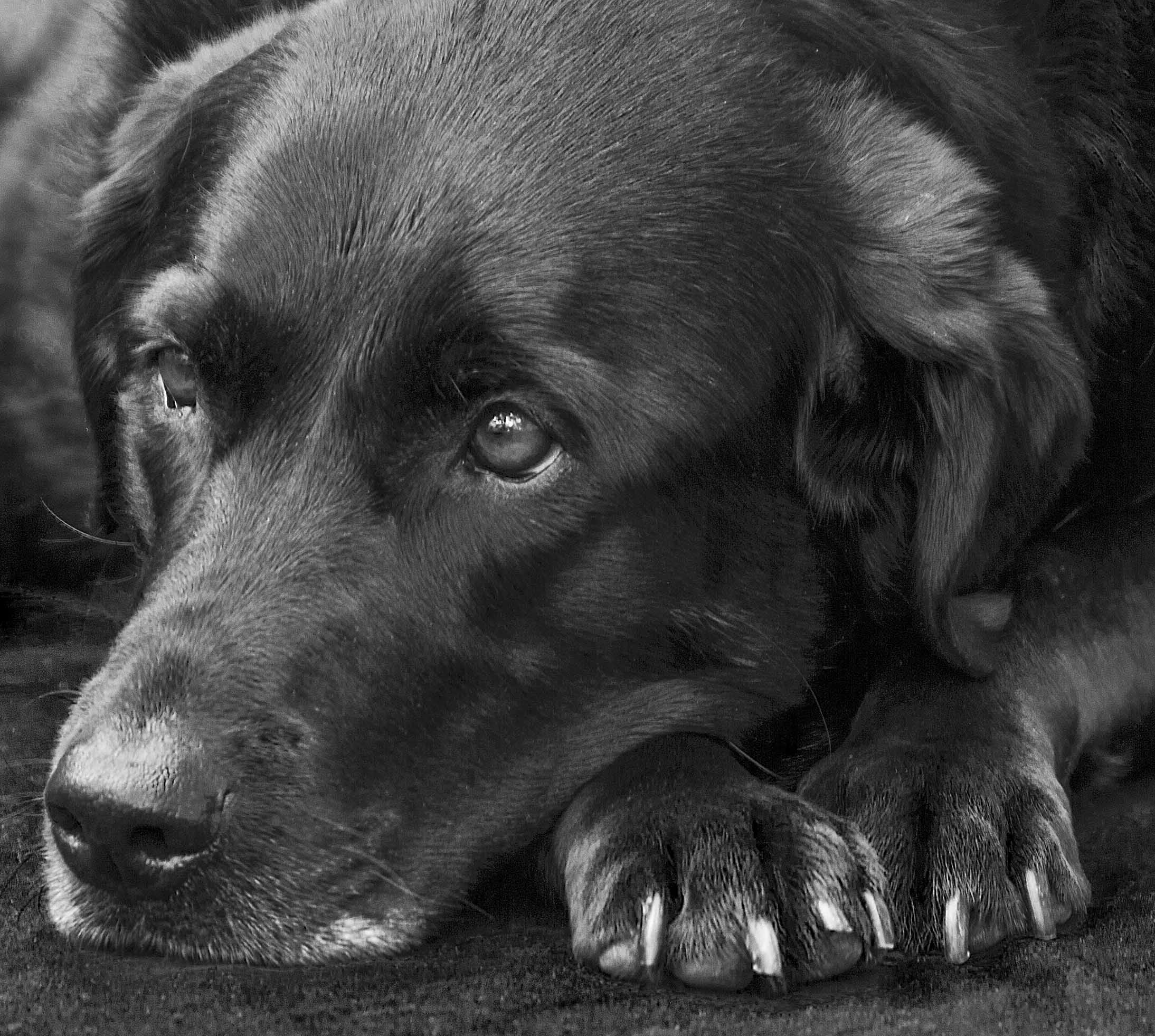It occurred to me that there is one fundamental difference between digital photography and film photography. Granted, the final products from both media can be indistinguishable to the human eye. But there is a deeper, more essential difference.
With digital photography, the light that strikes the sensor of a camera is interpreted by the sensor and the associated computer, which then write that interpretation to a file. Therefore, the image is indirectly produced by light. The processor produces the image - not the light.
With film photography, the light causes a chemical change in the emulsion. That is, the photons cause a physical change at the subatomic level in the chemical structure of the film. This change is then chemically processed and made permanent. When the print is made with silver halide paper, the photons projected through the negative and onto to the printing paper cause a physical change in the emulsion of the paper. Interpretation by the artist is at the macro level - by choosing focus point and exposure among other things.
When considered from this angle, digital photography is more akin to drawing or painting than film photography. With drawing, the light strikes the sensor (the eye) and the processor (the brain) interprets the image and writes output to the hand. The processor is creating the image. The light is not directly creating the image.
Obviously, more interpretation occurs in drawing and painting than in digital photography. The interpretation occurring in digital photography is enforced by stricter rules. I think this is a matter of degree, however. This idea warrants further consideration.
